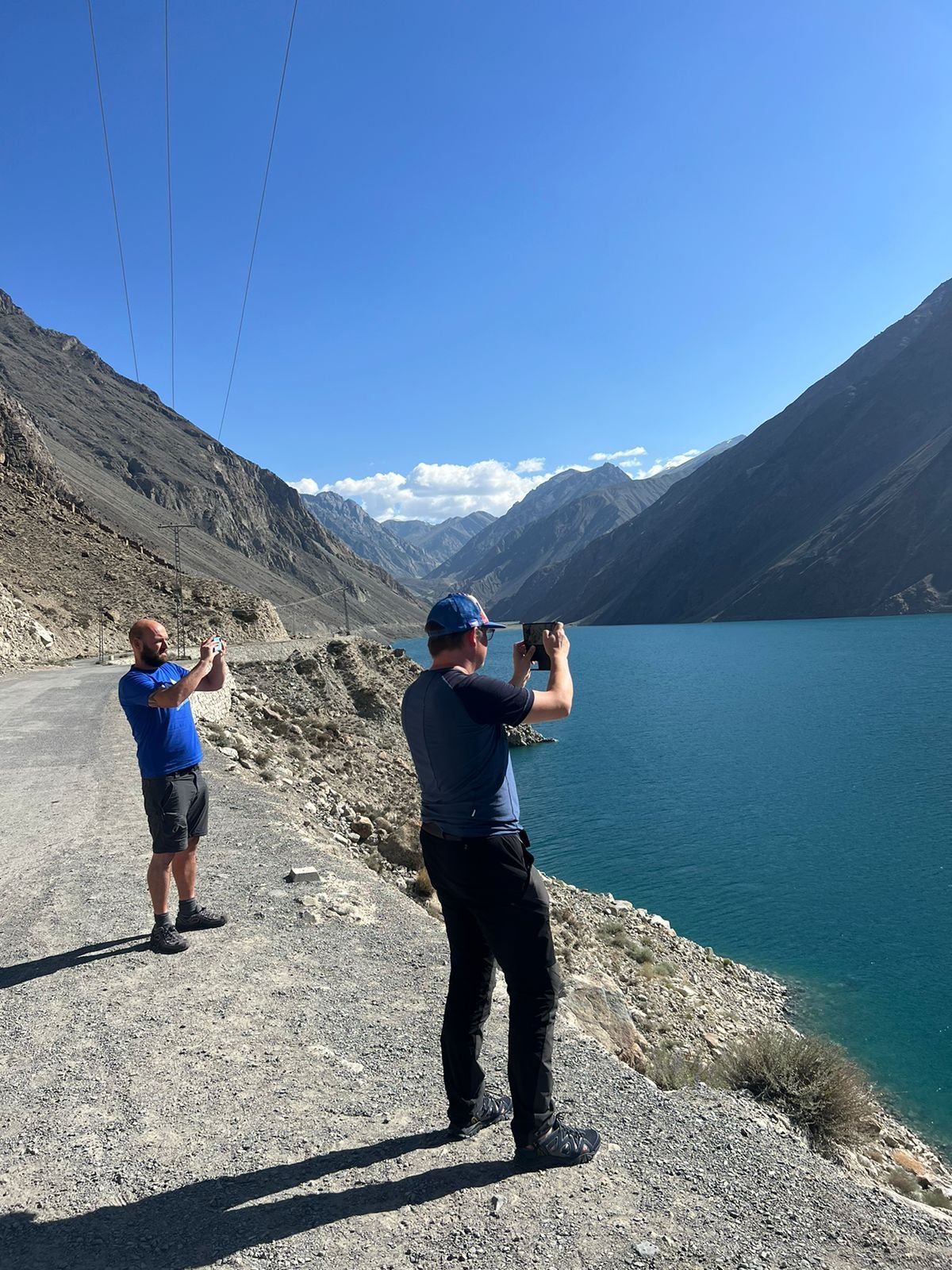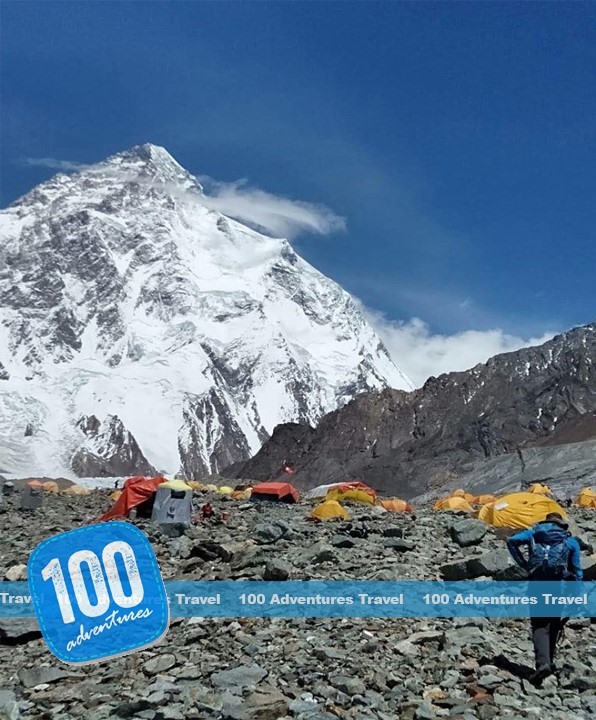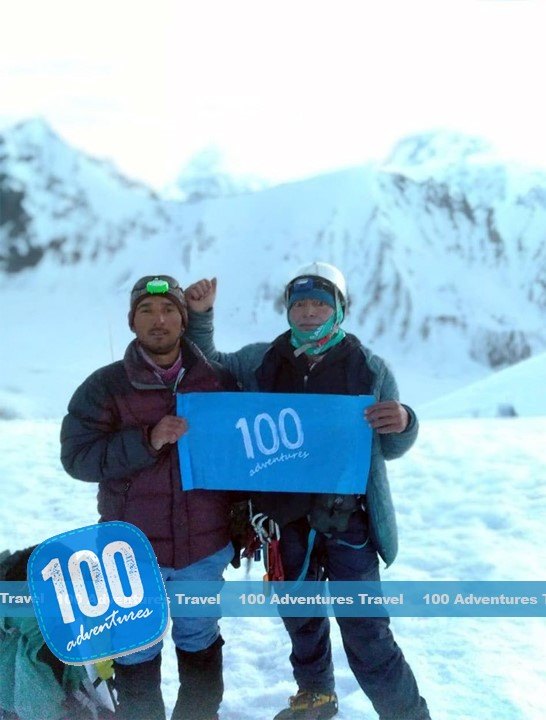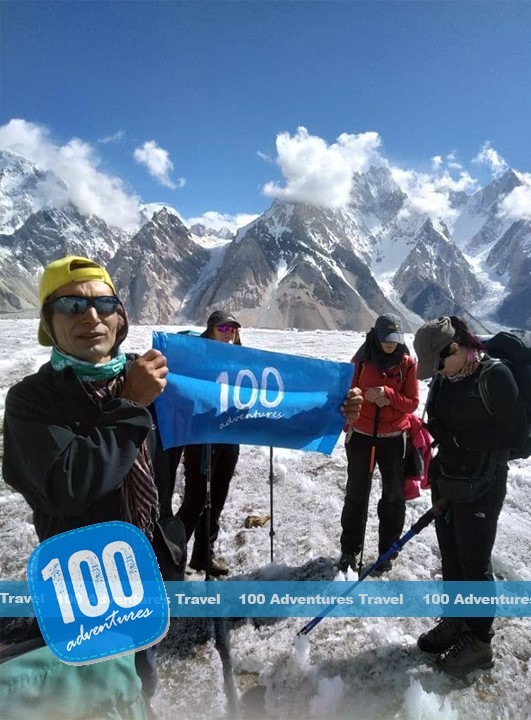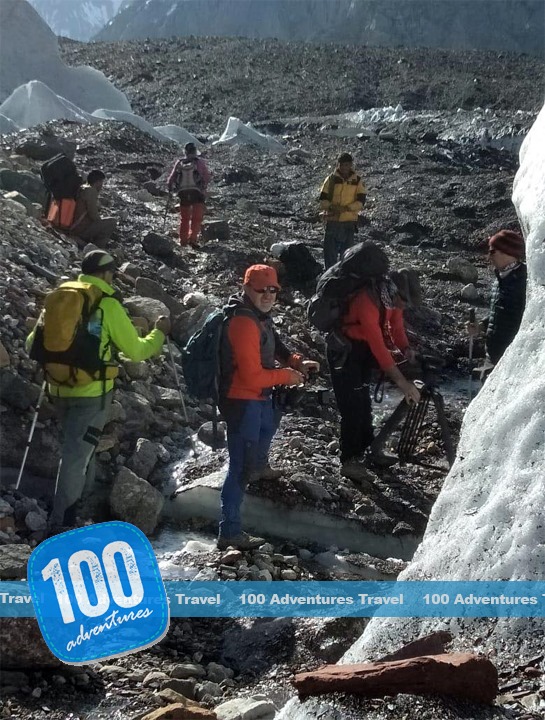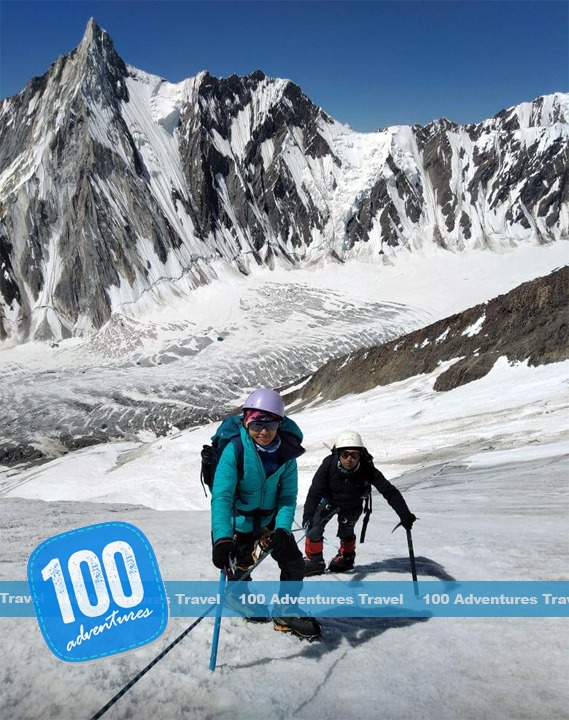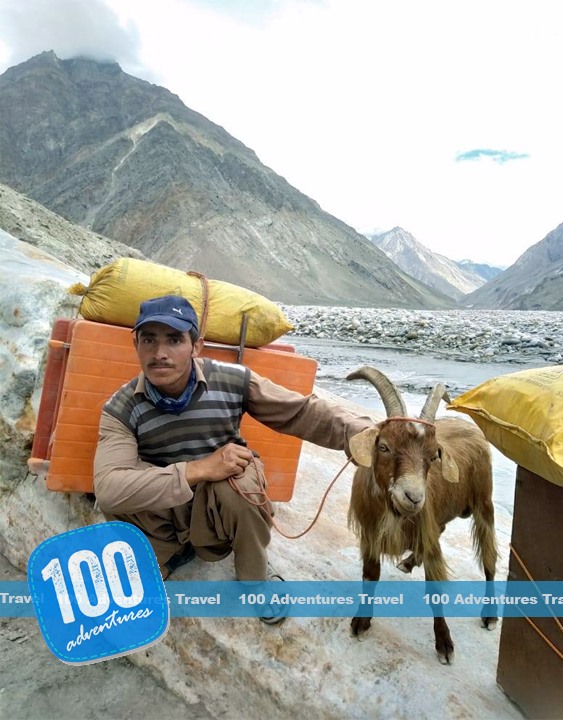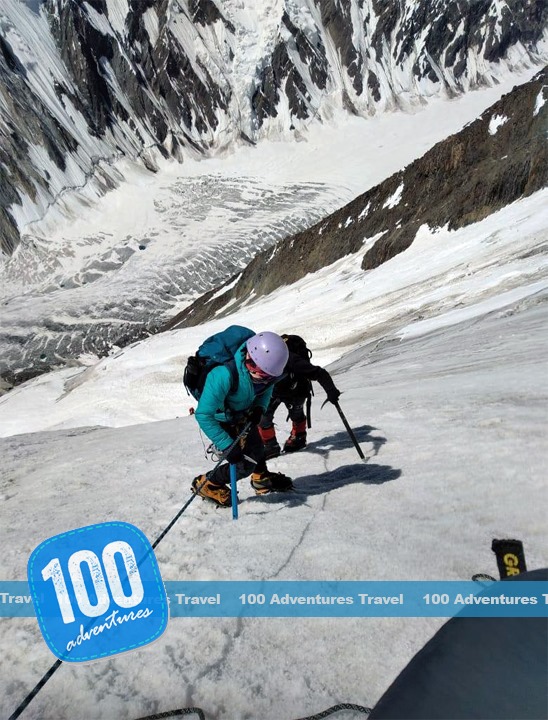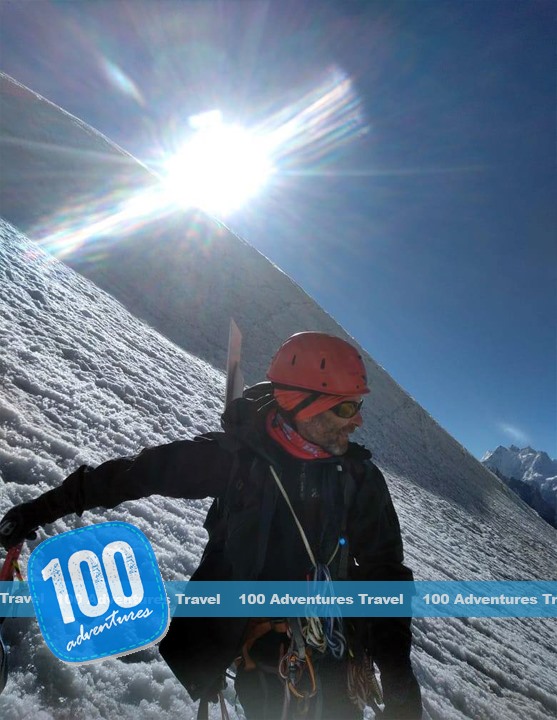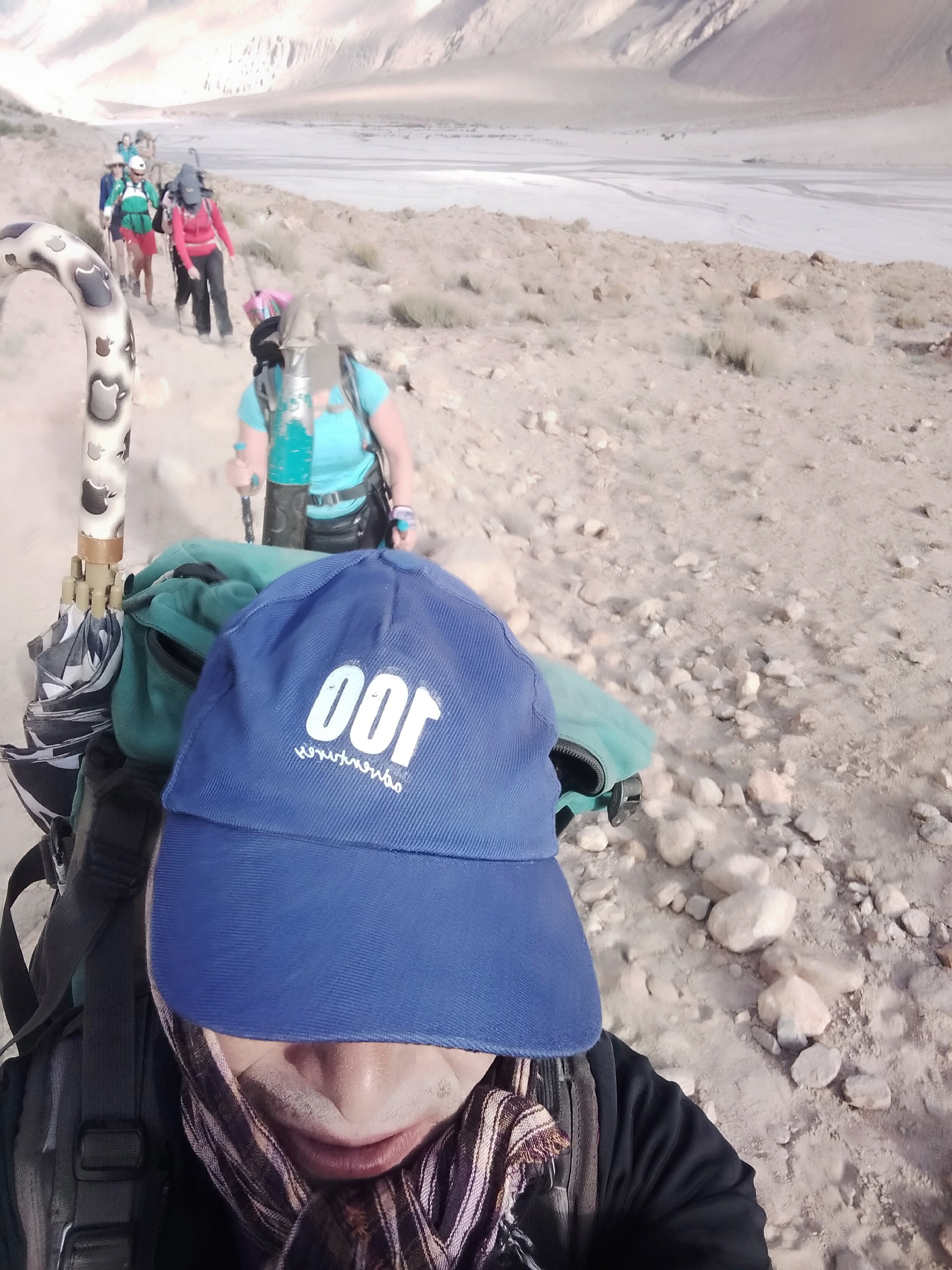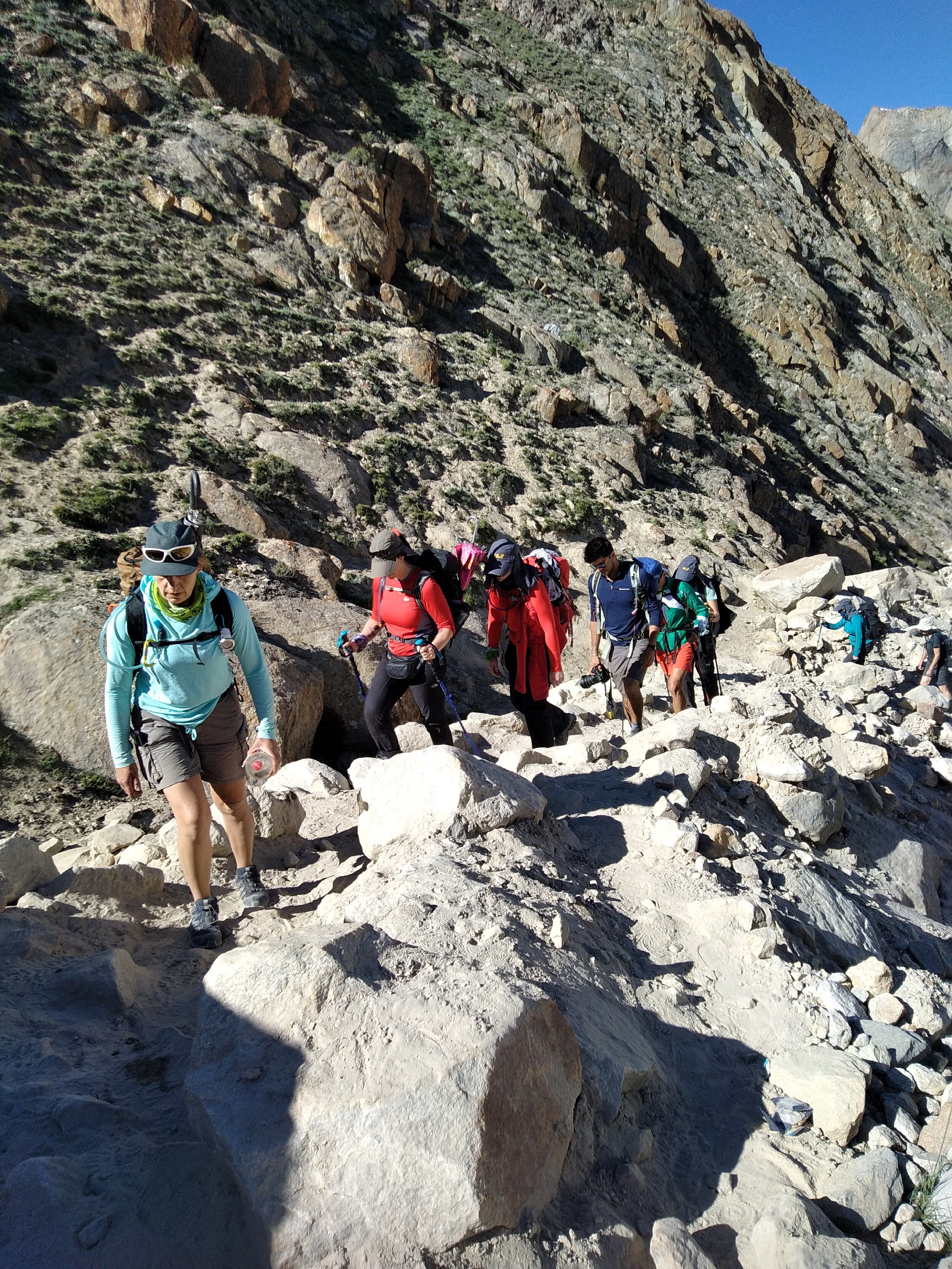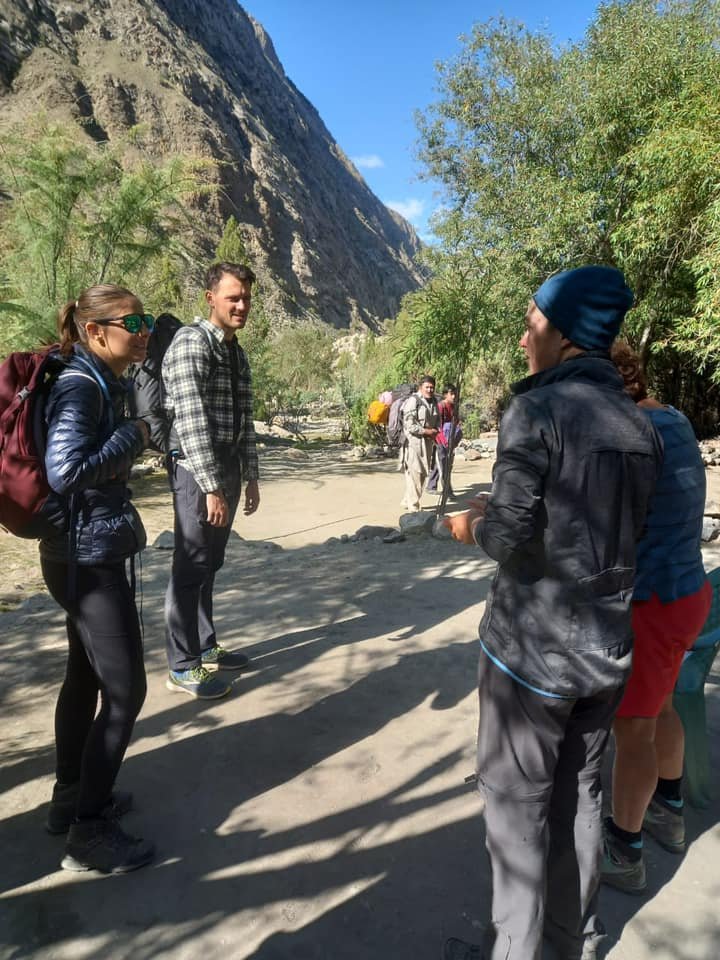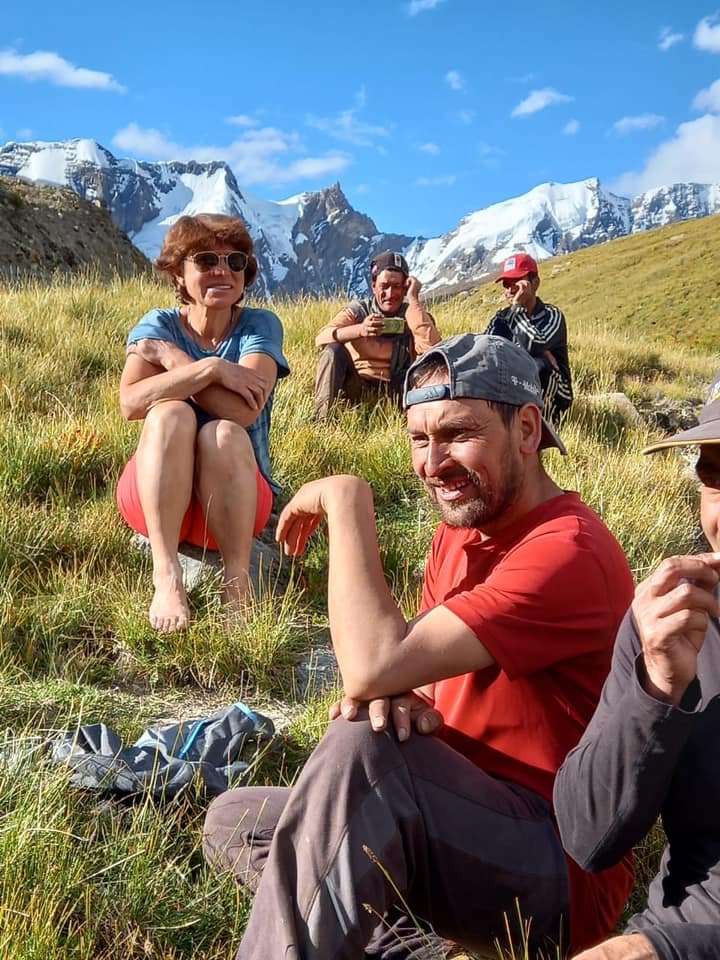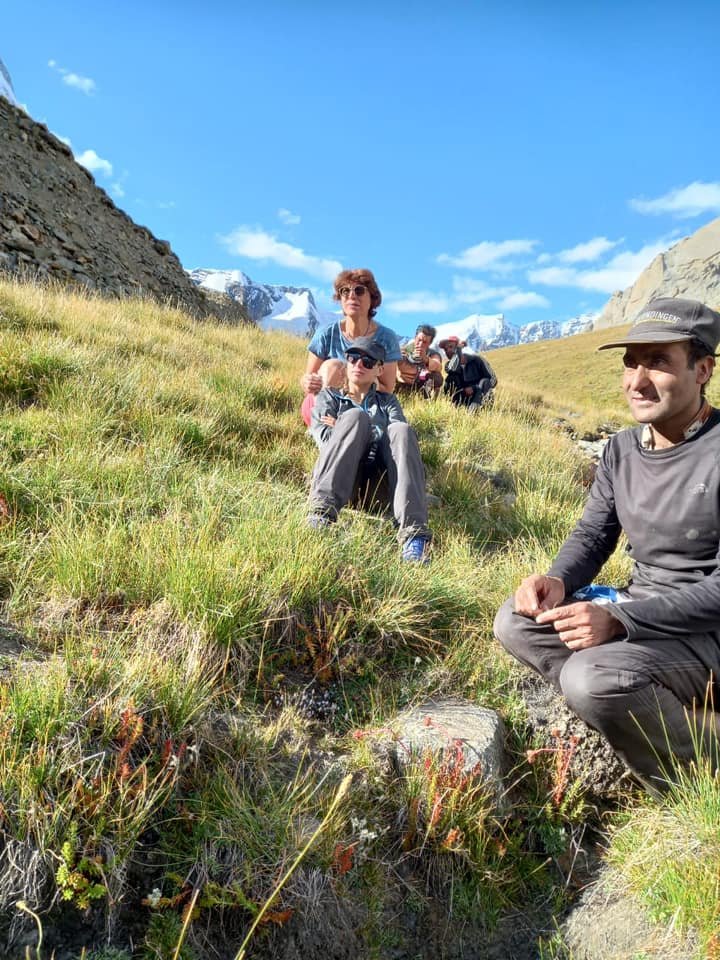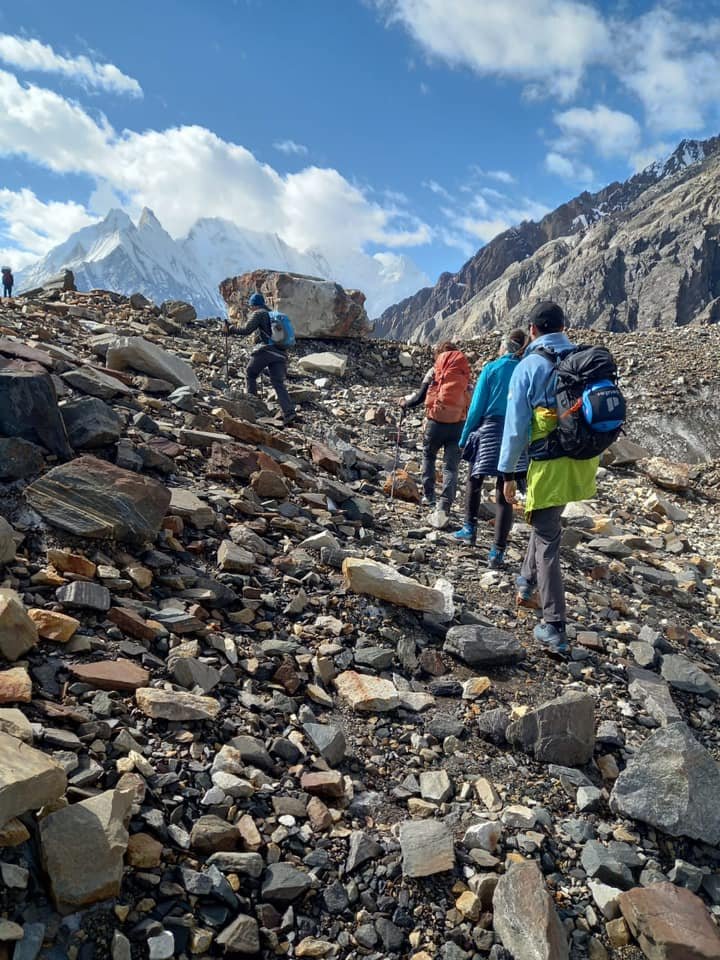K2, Concordia and the Gondogoro La



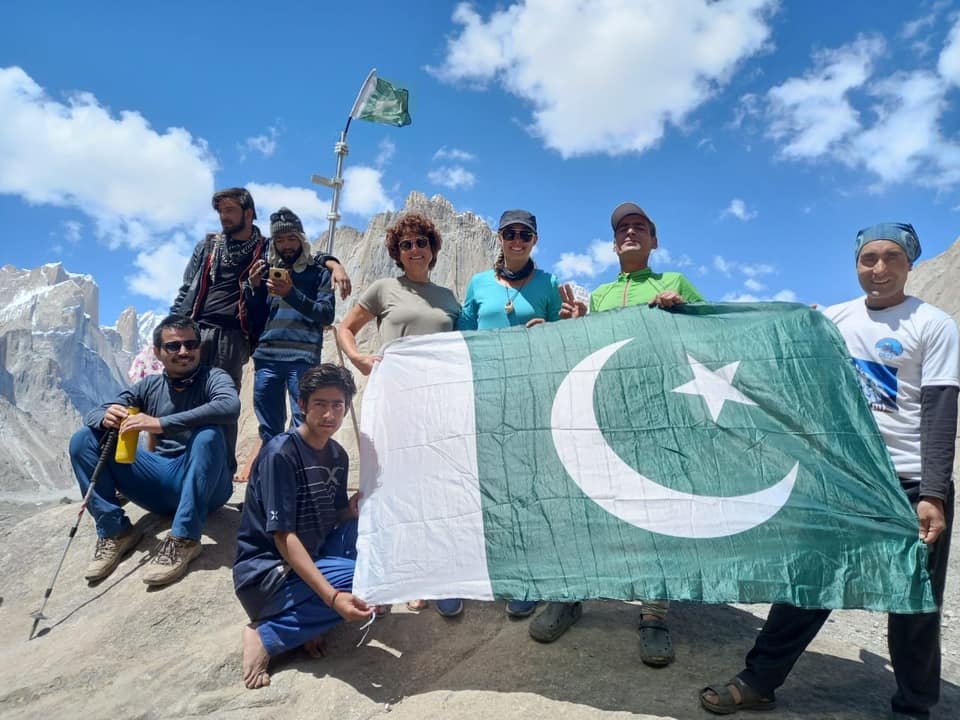
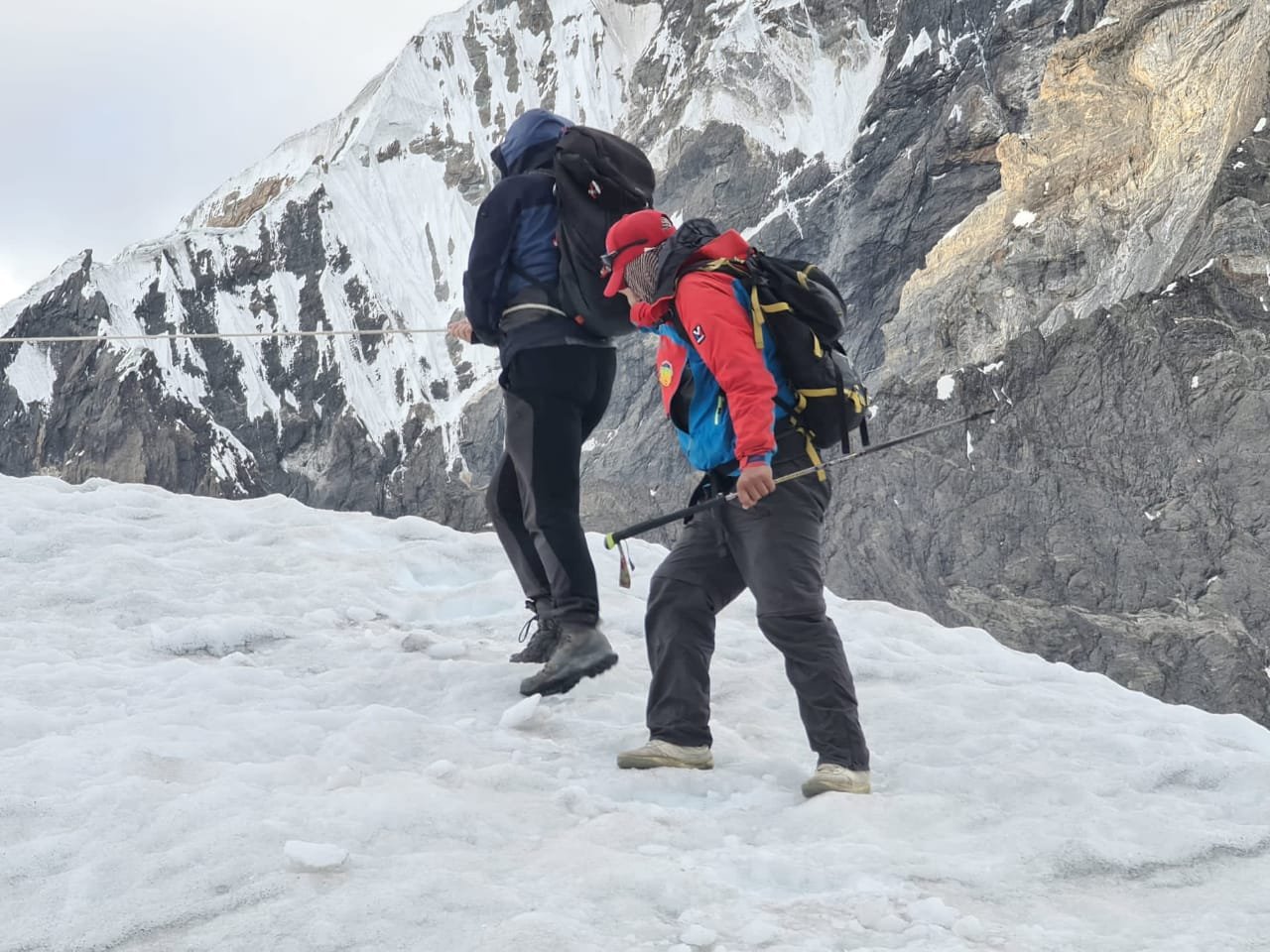
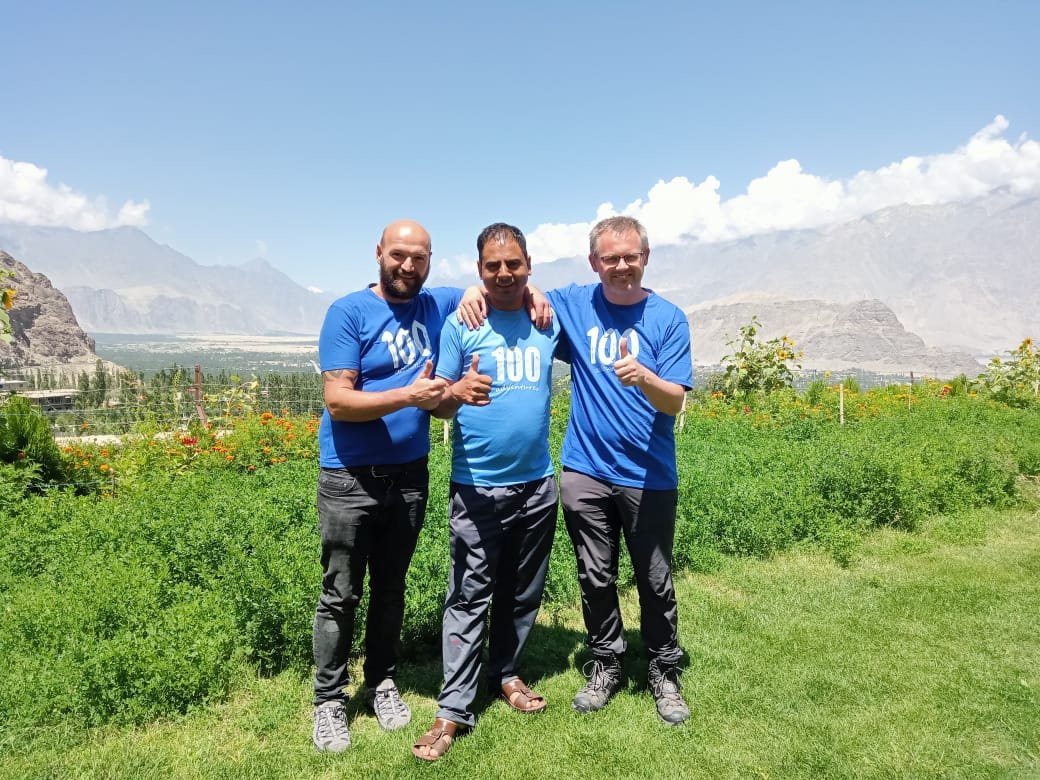

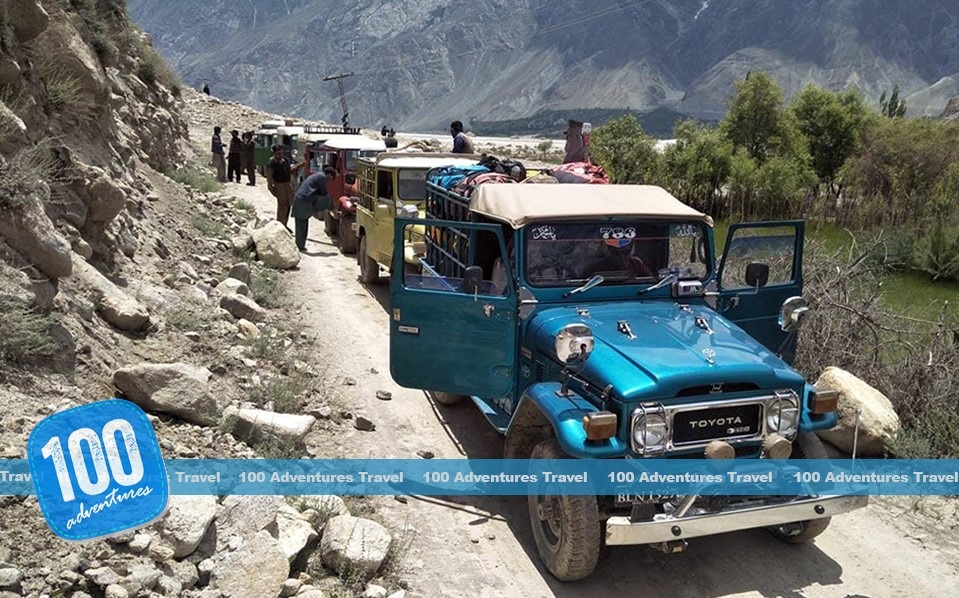
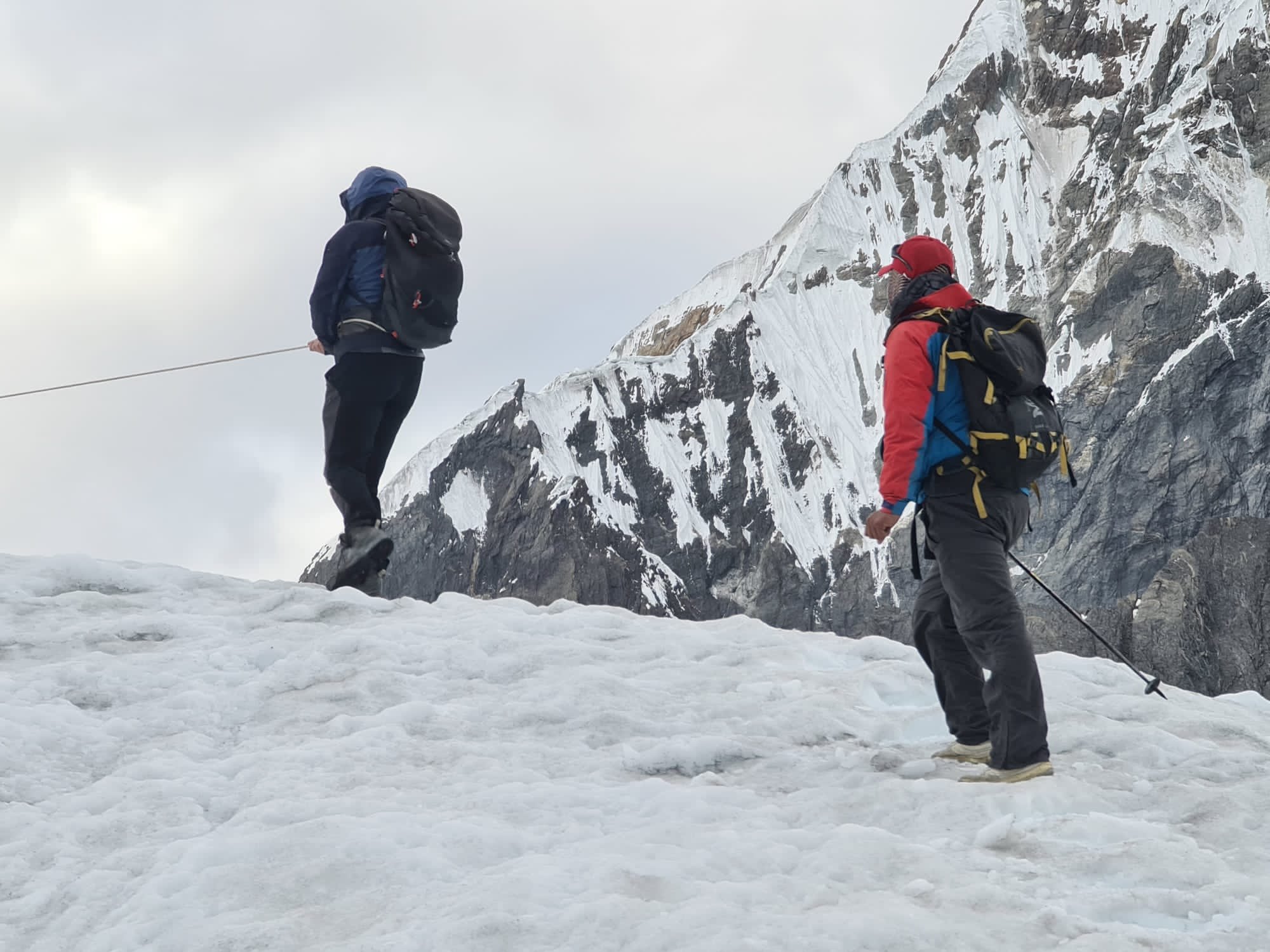
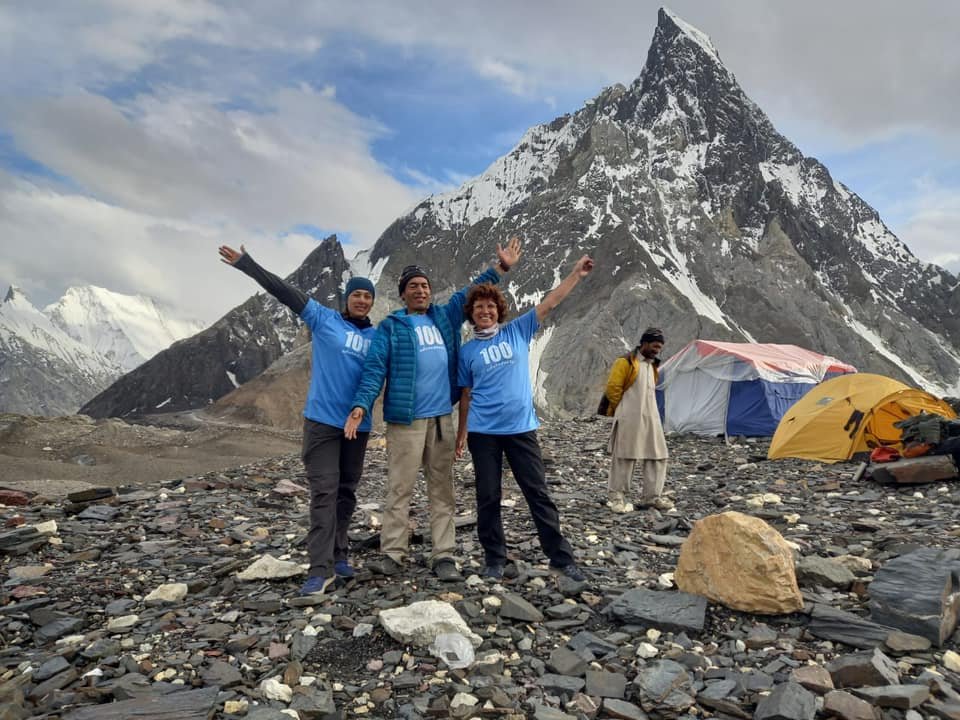
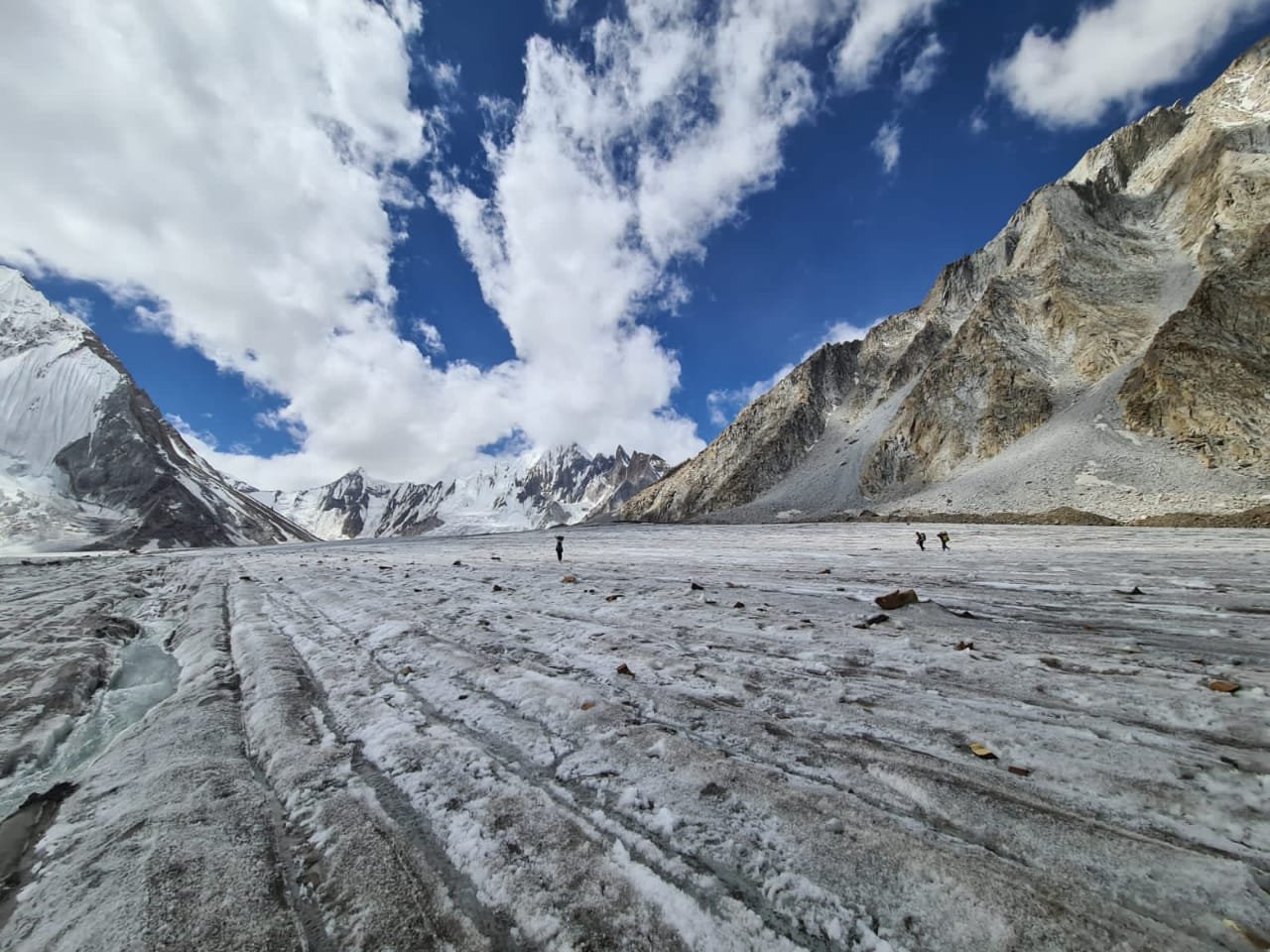
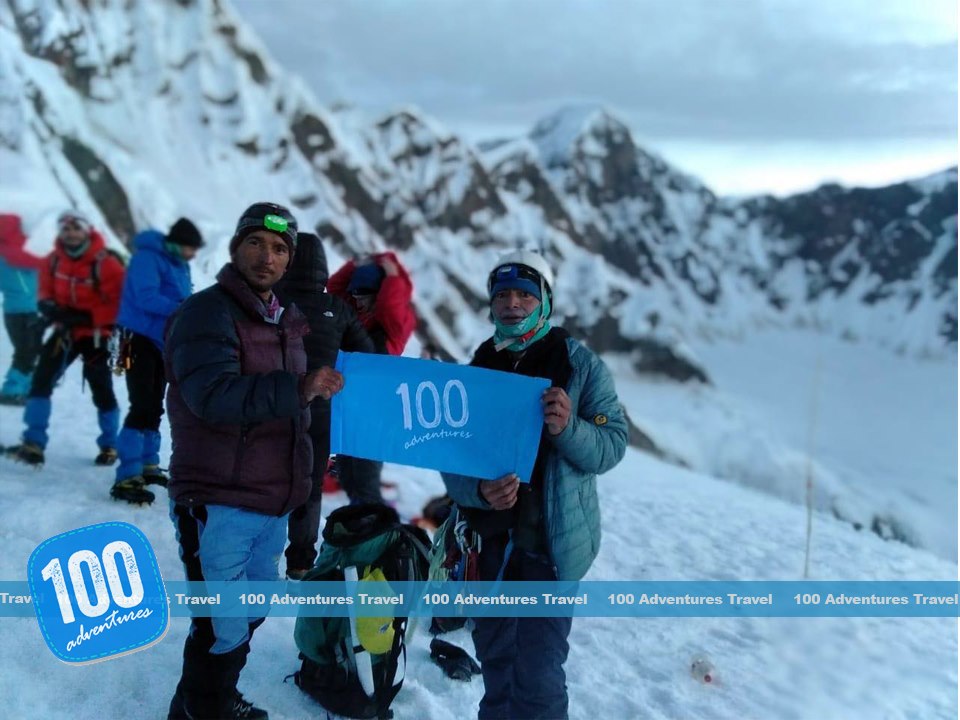
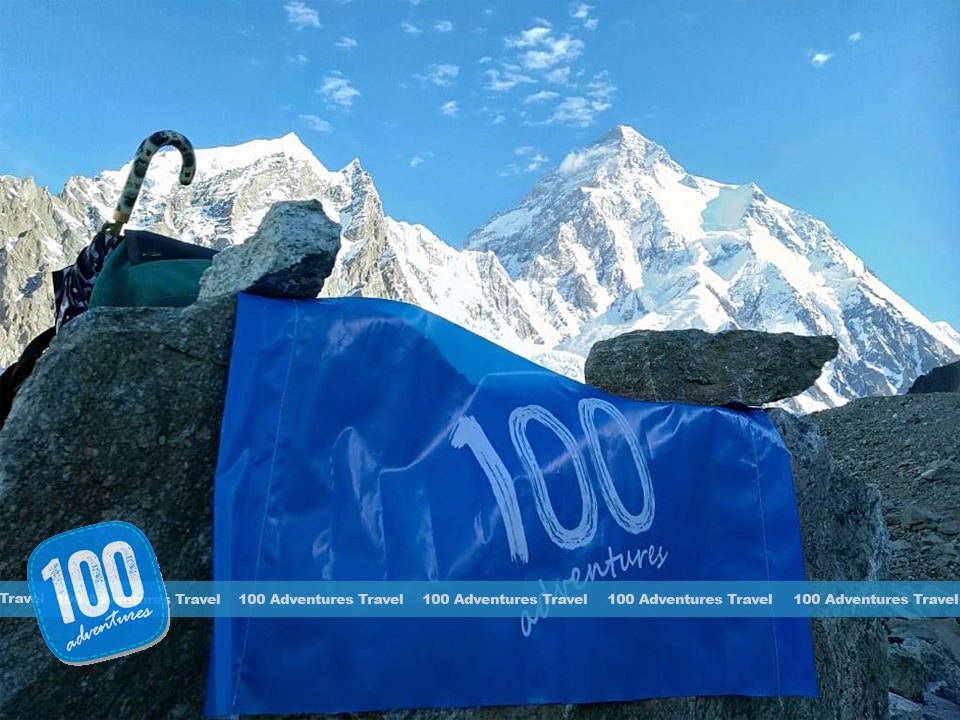
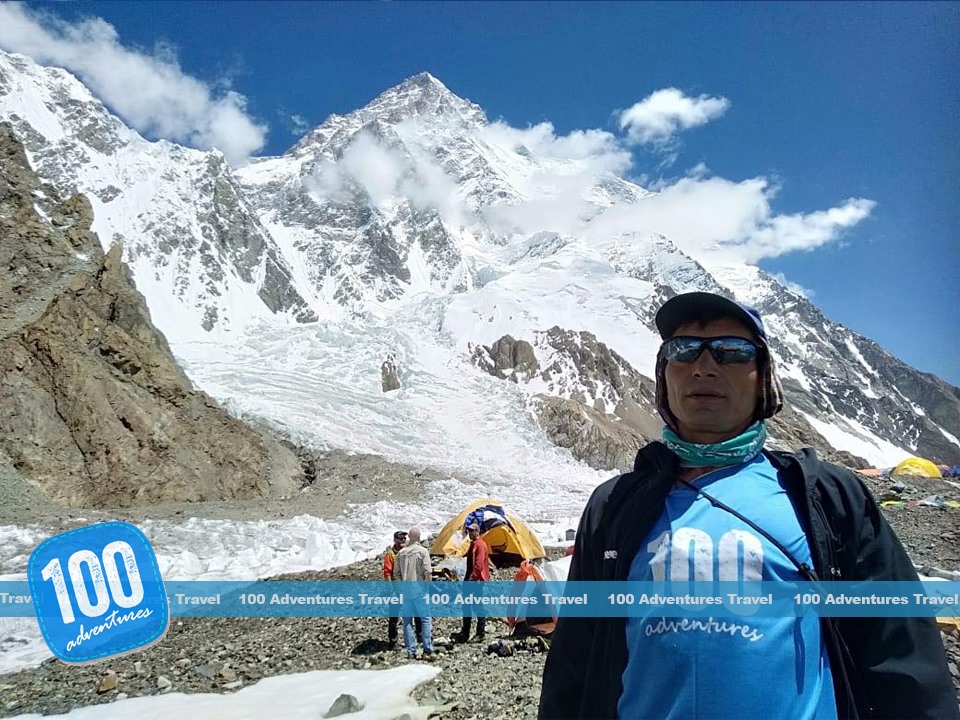
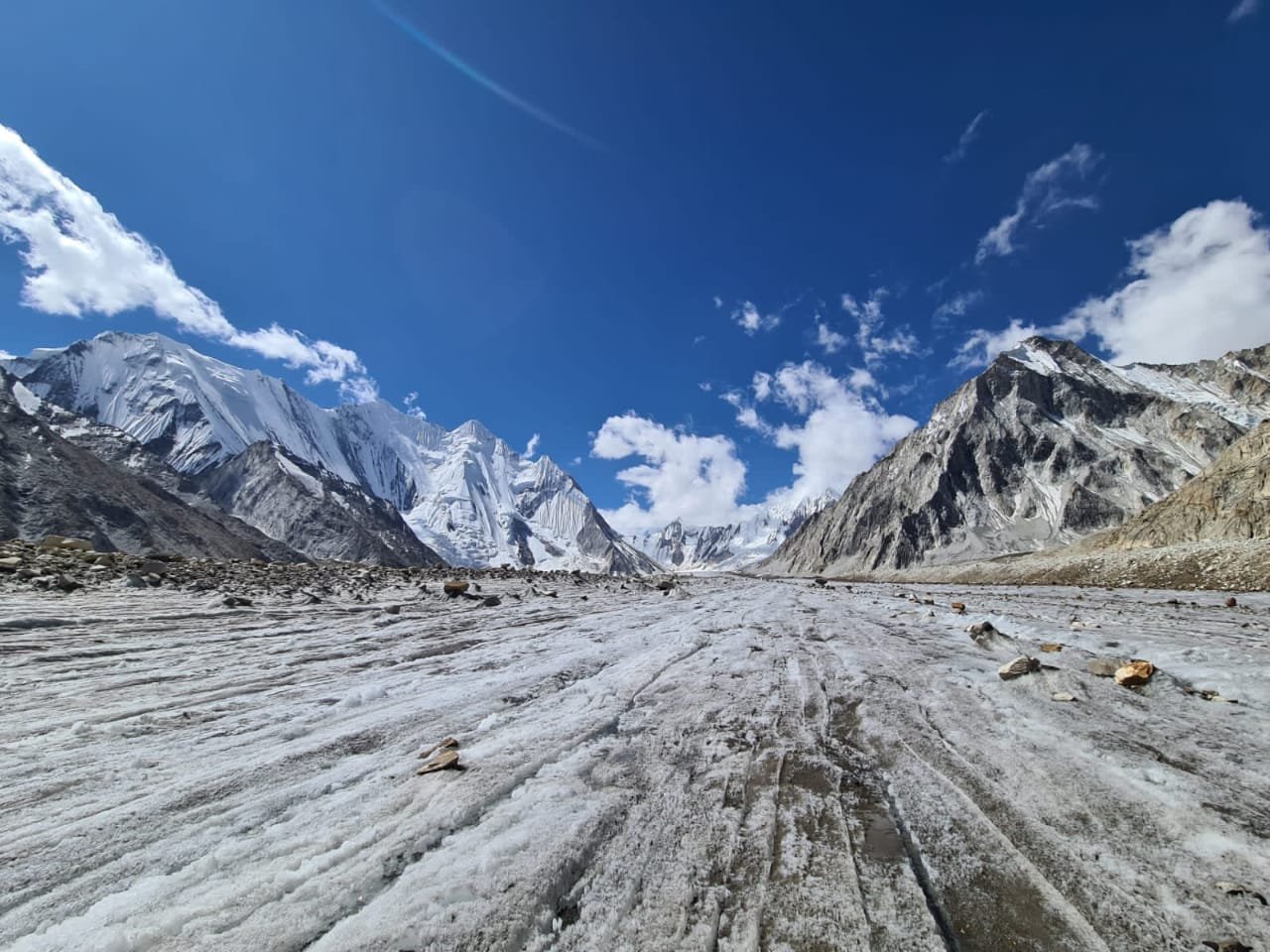
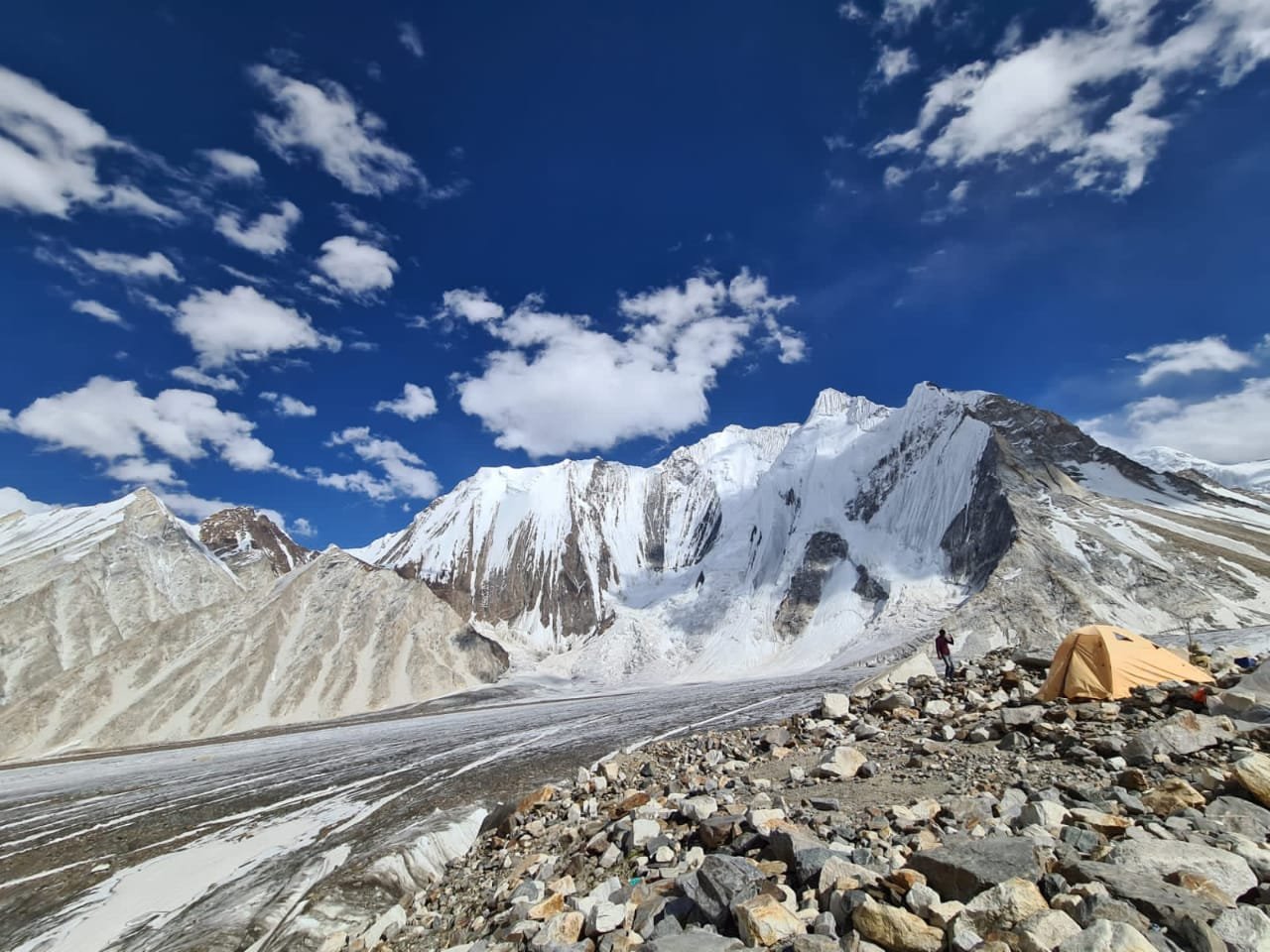
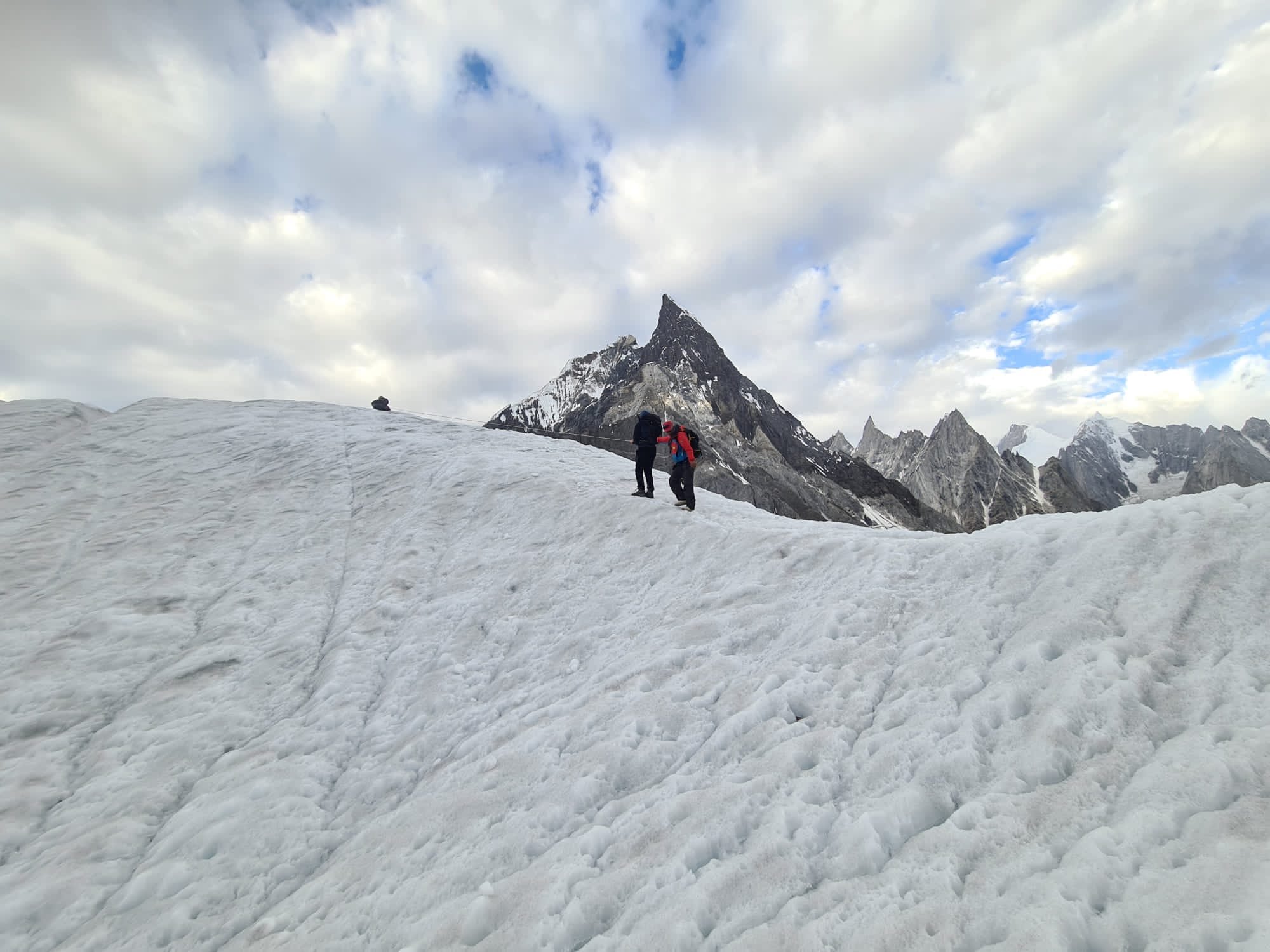
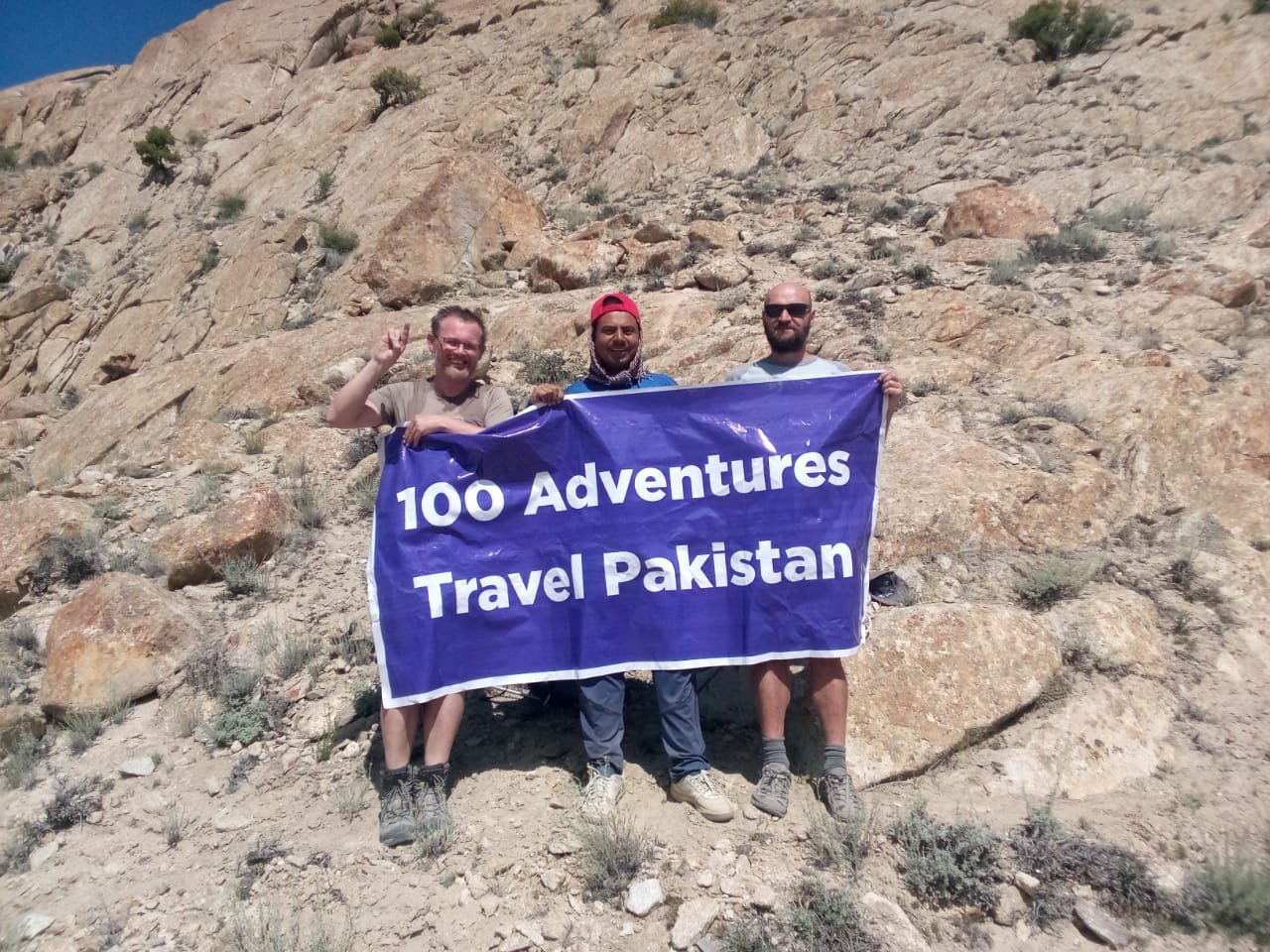
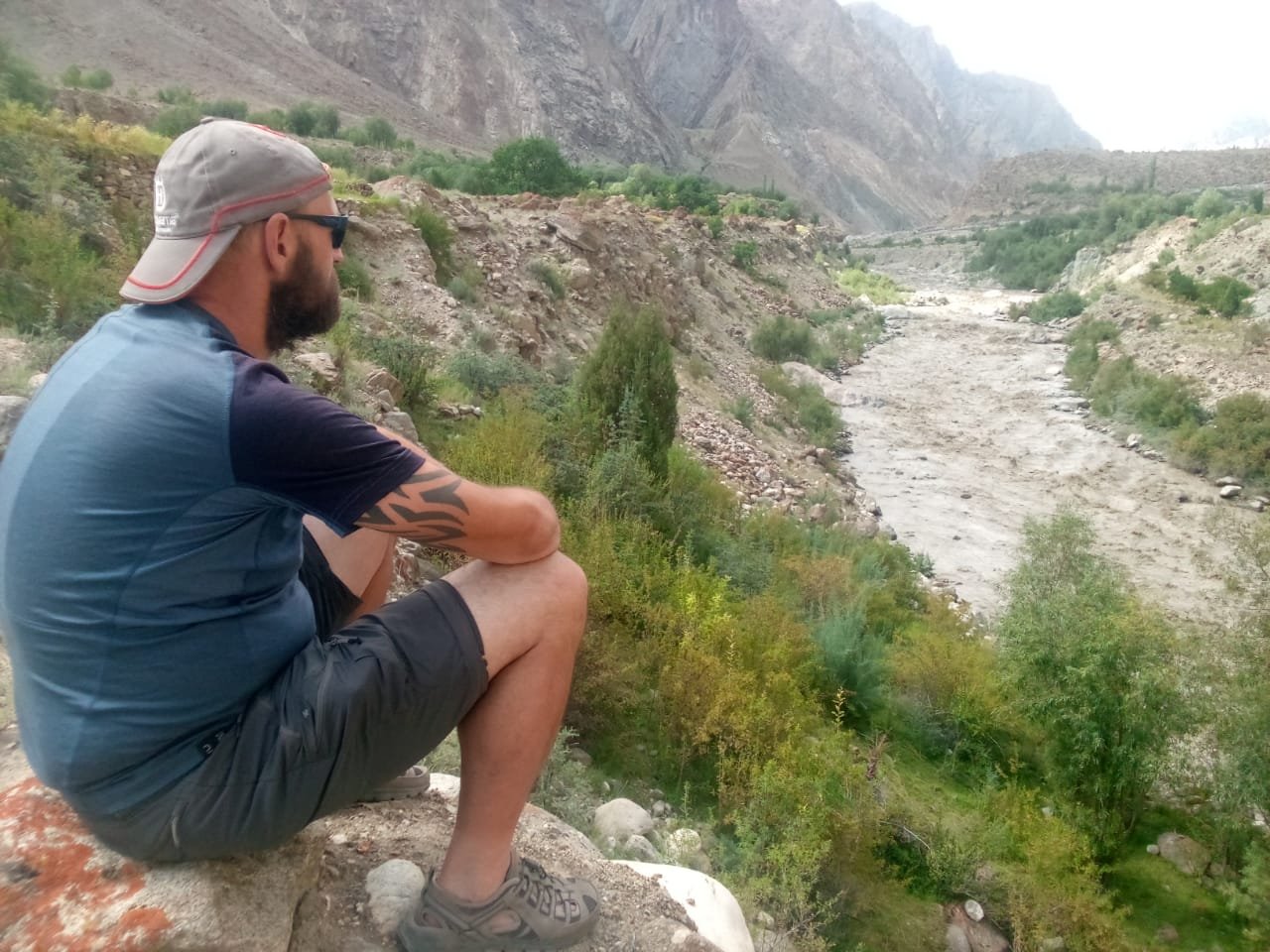
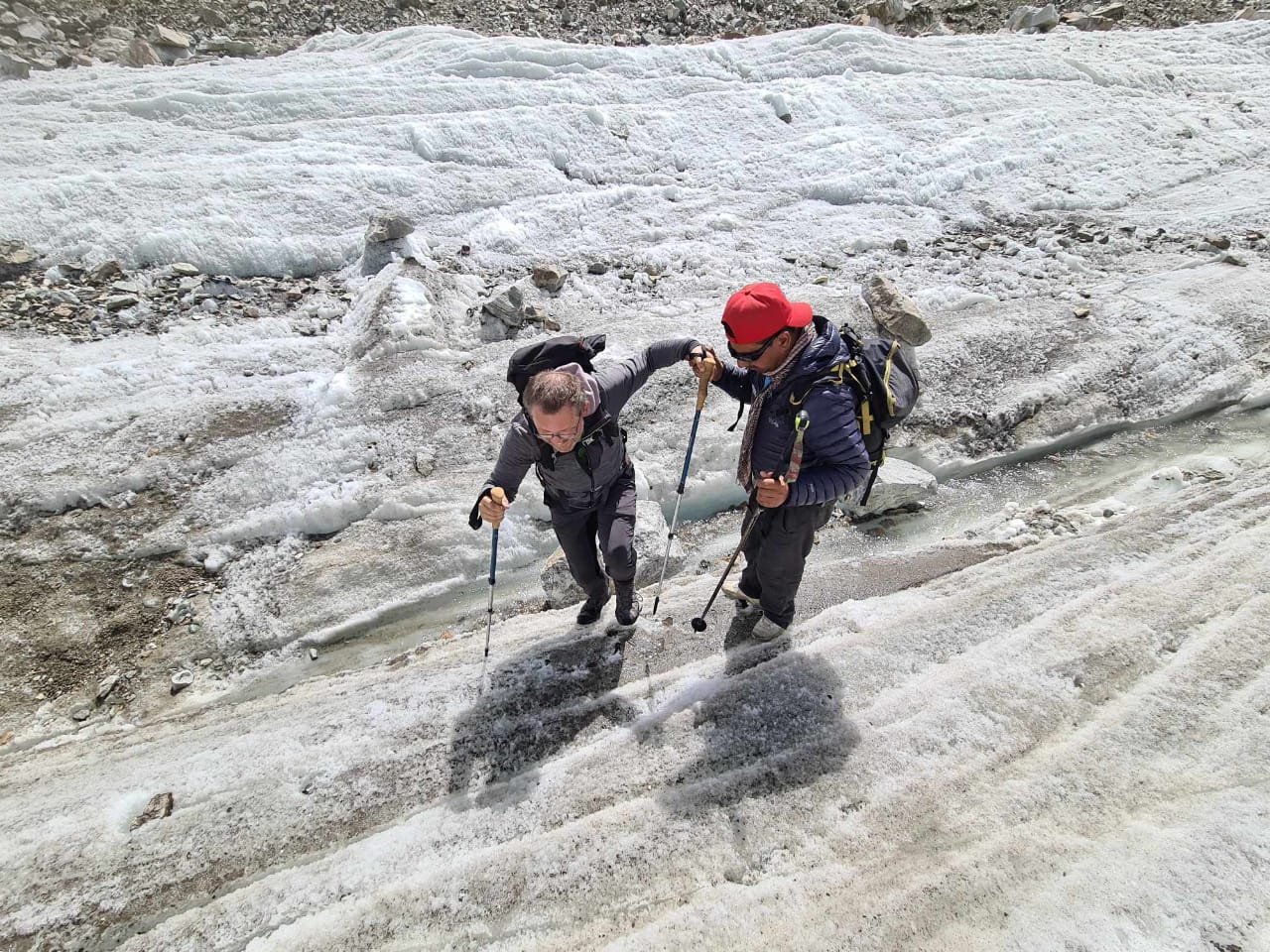
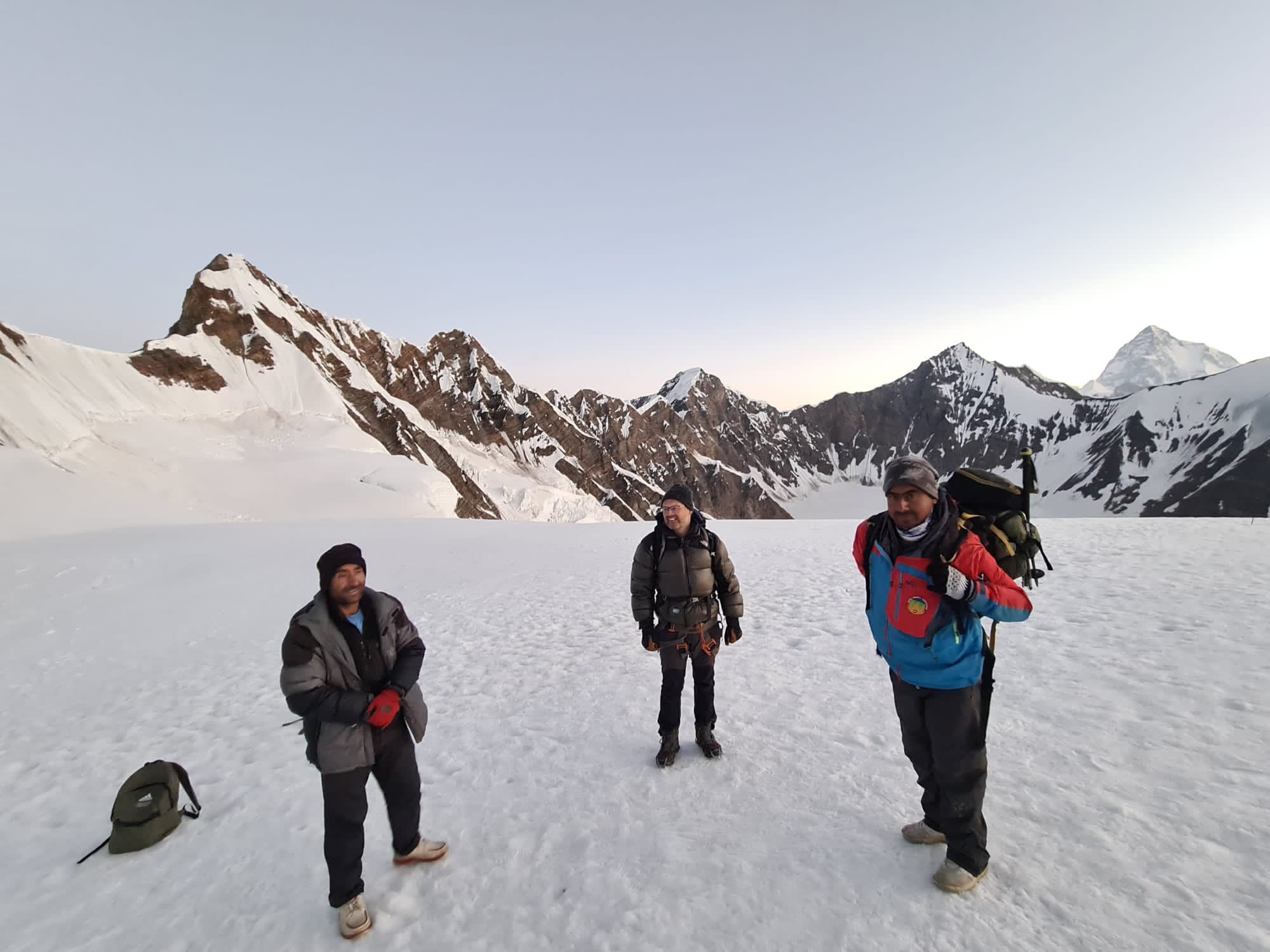
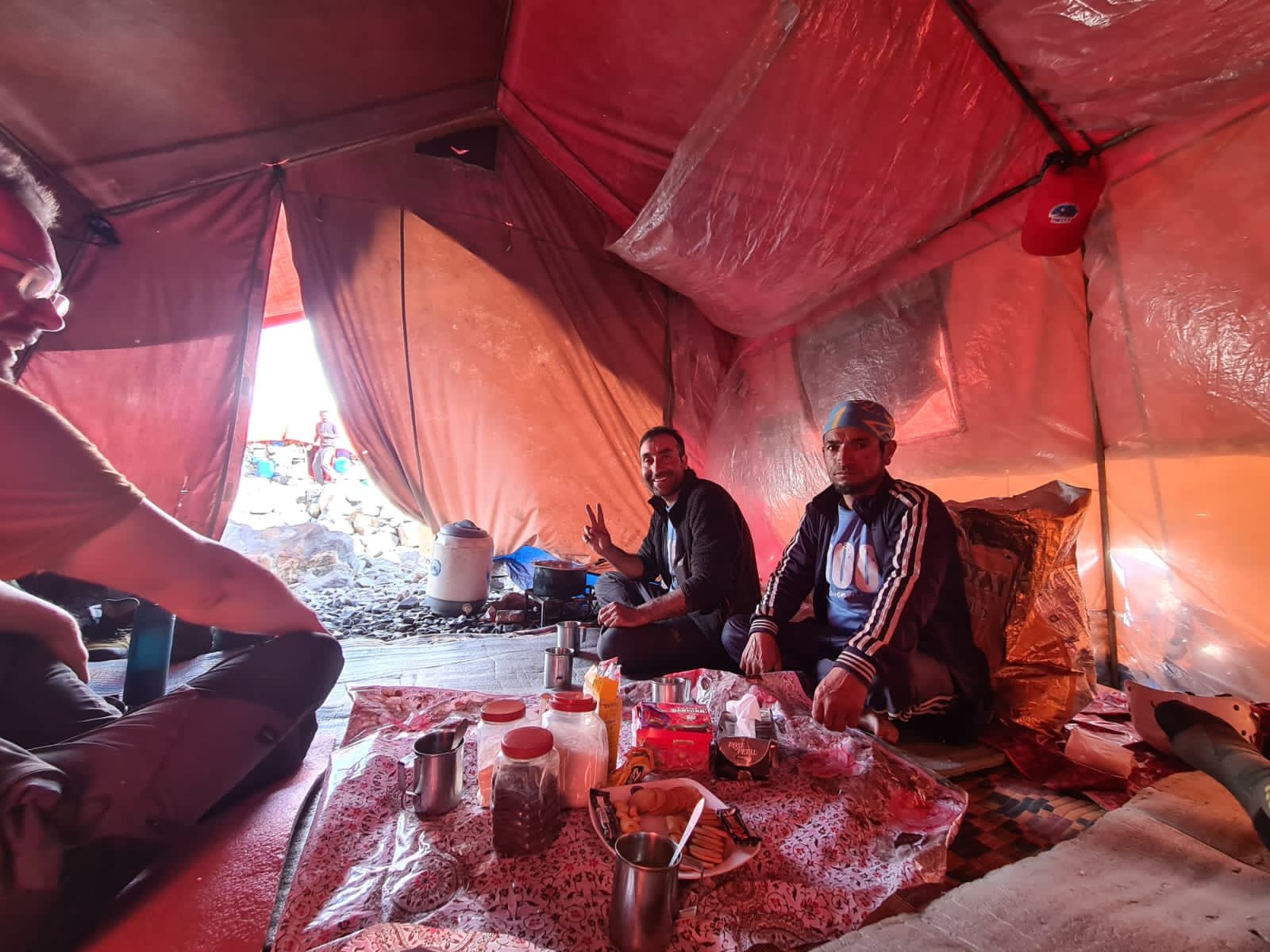
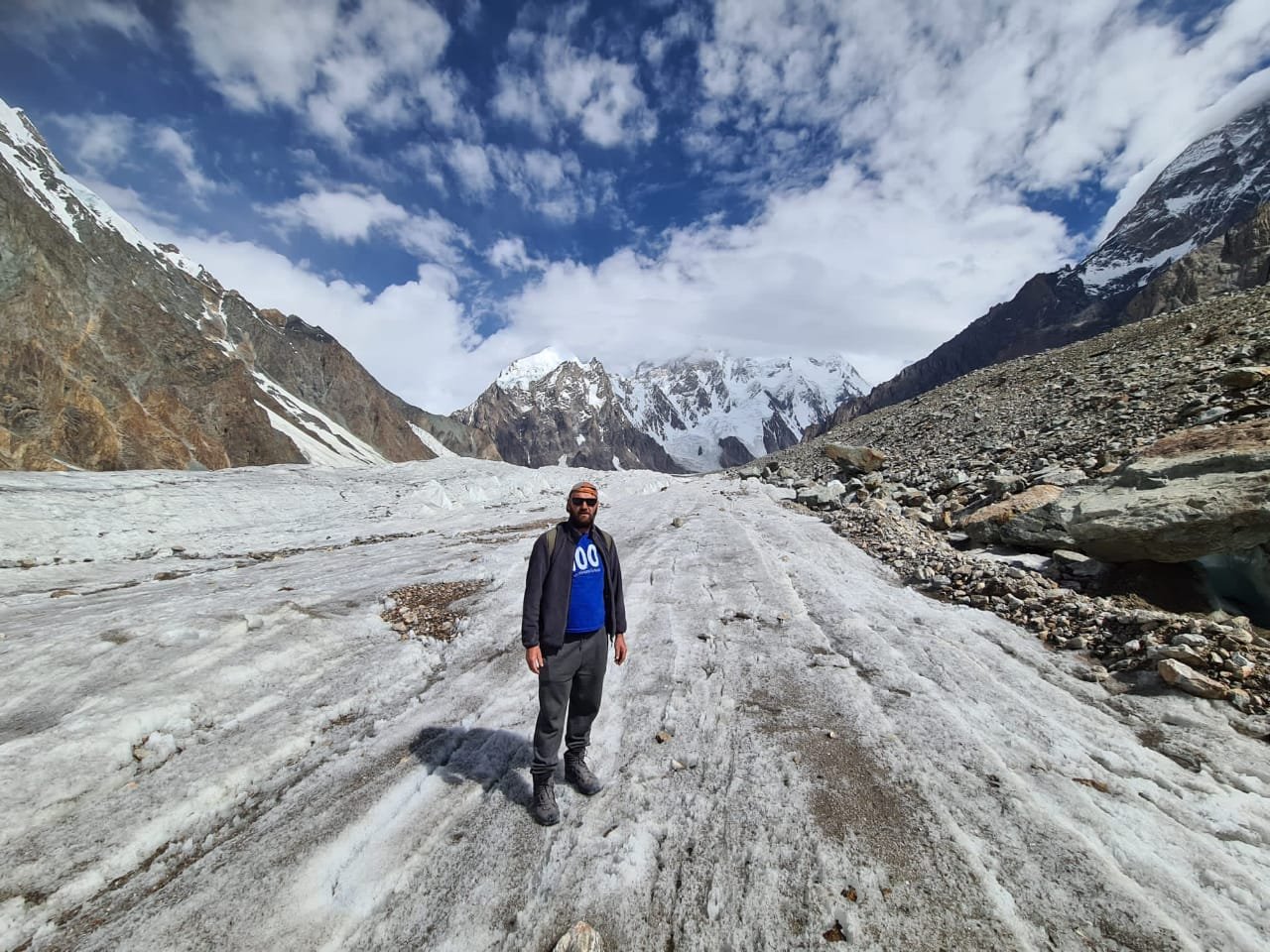
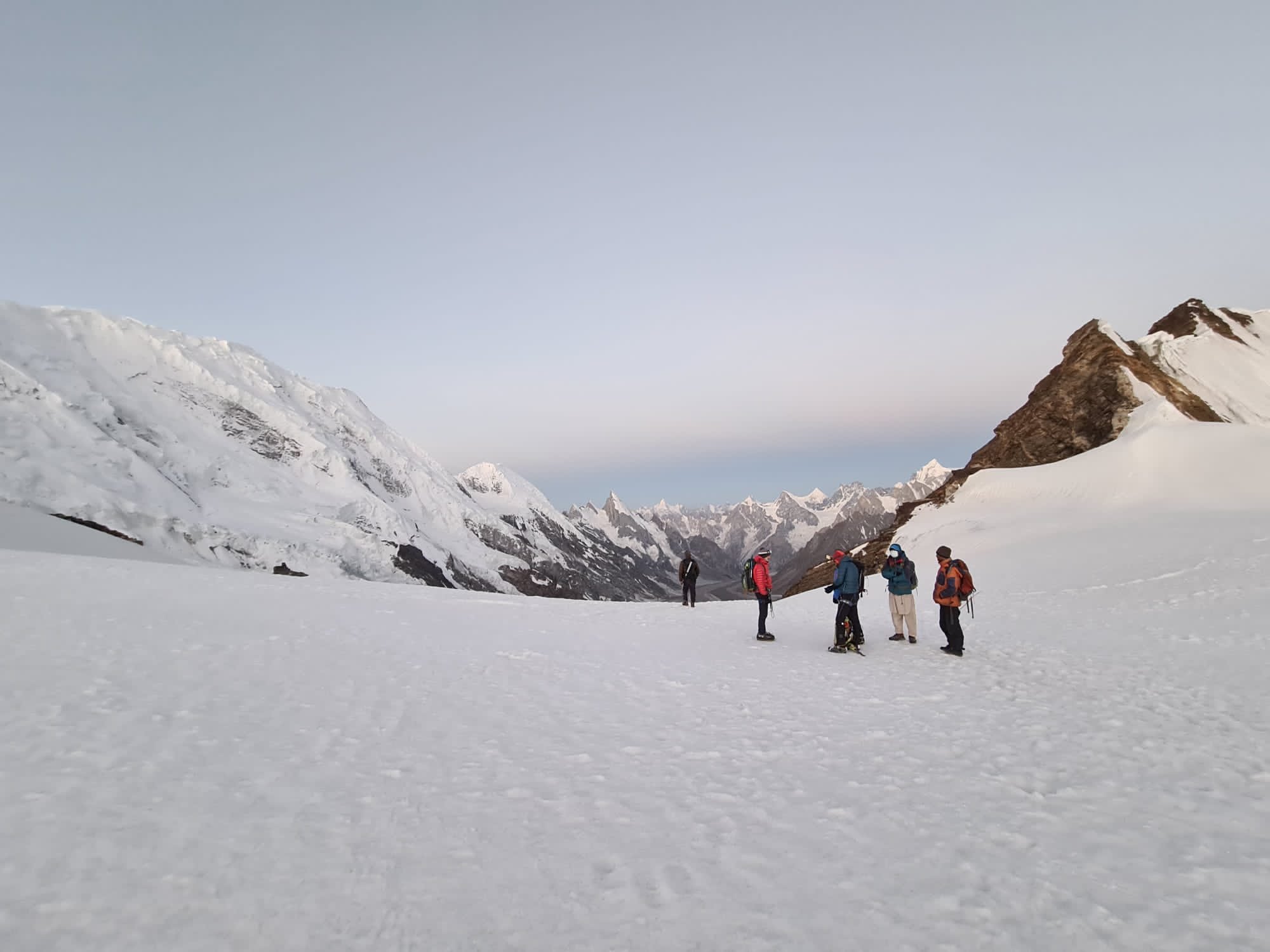
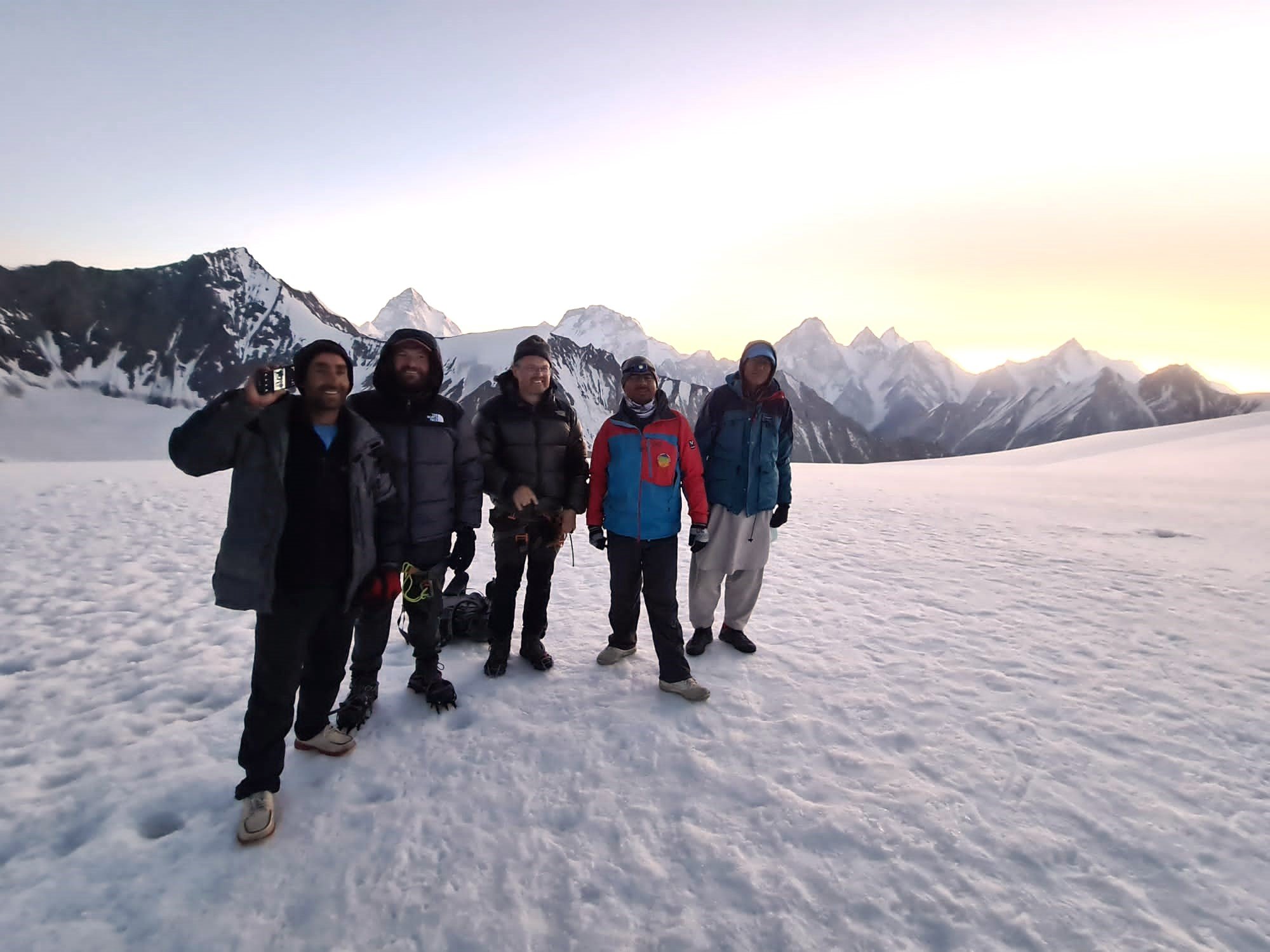
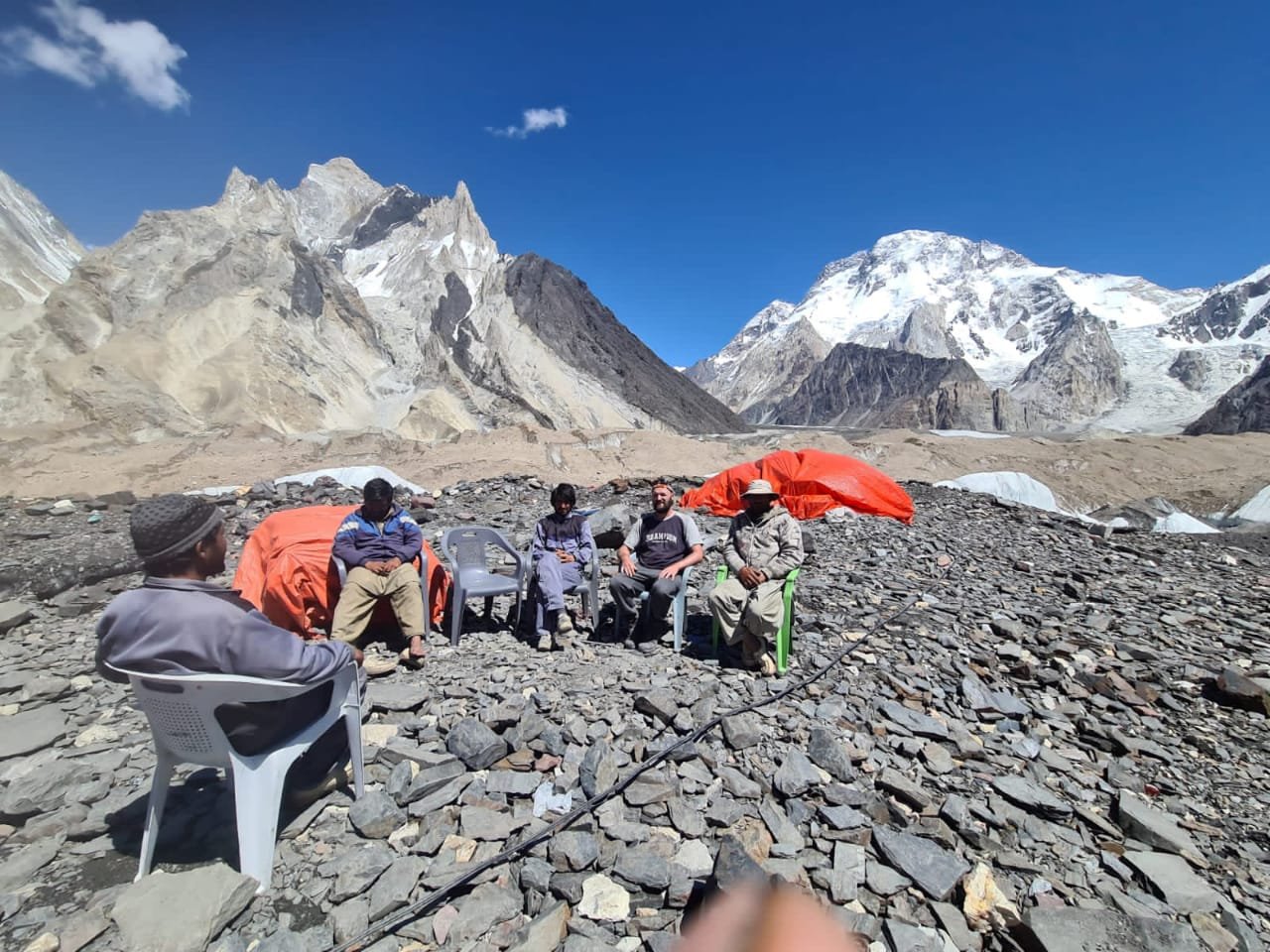
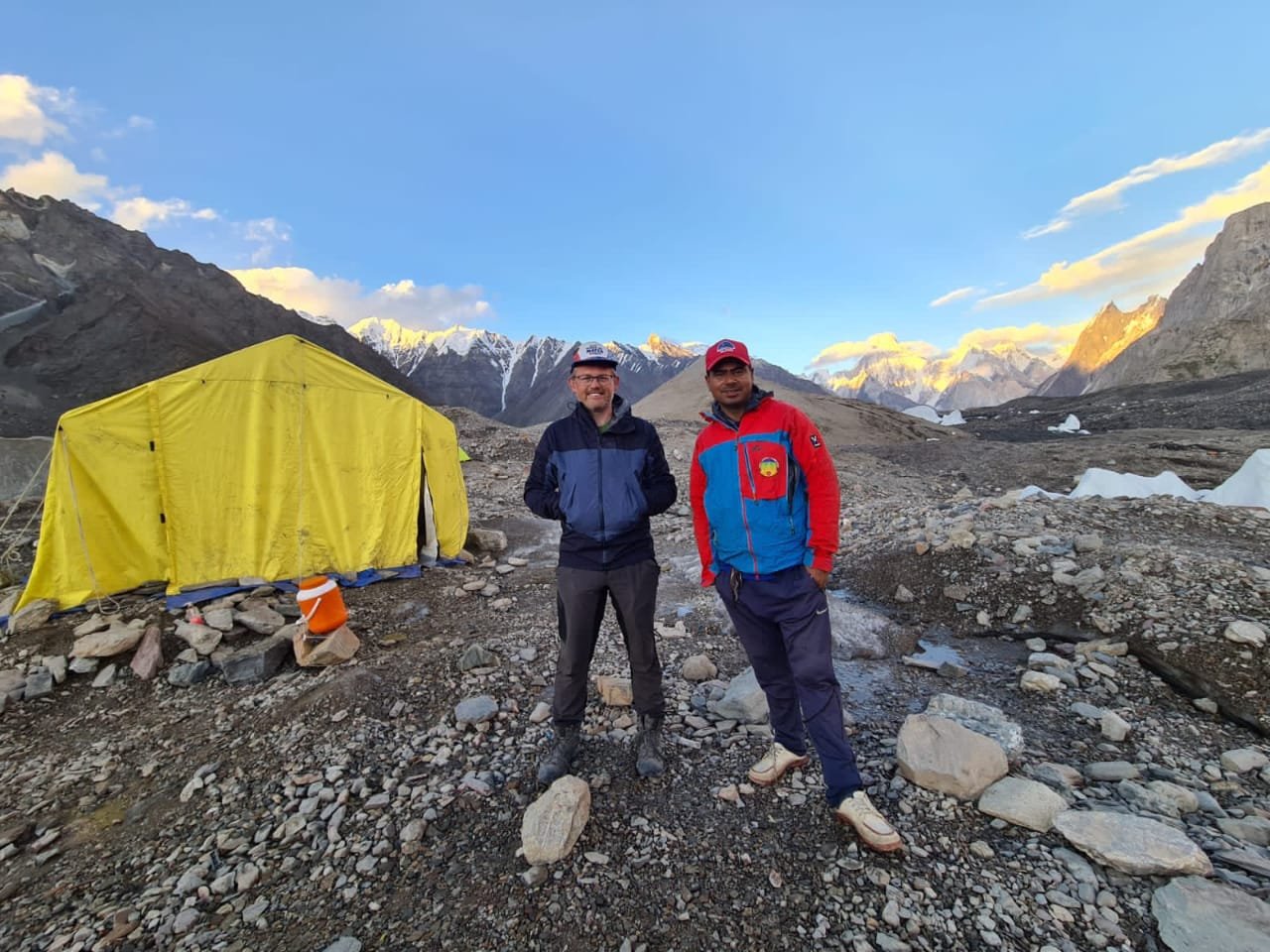
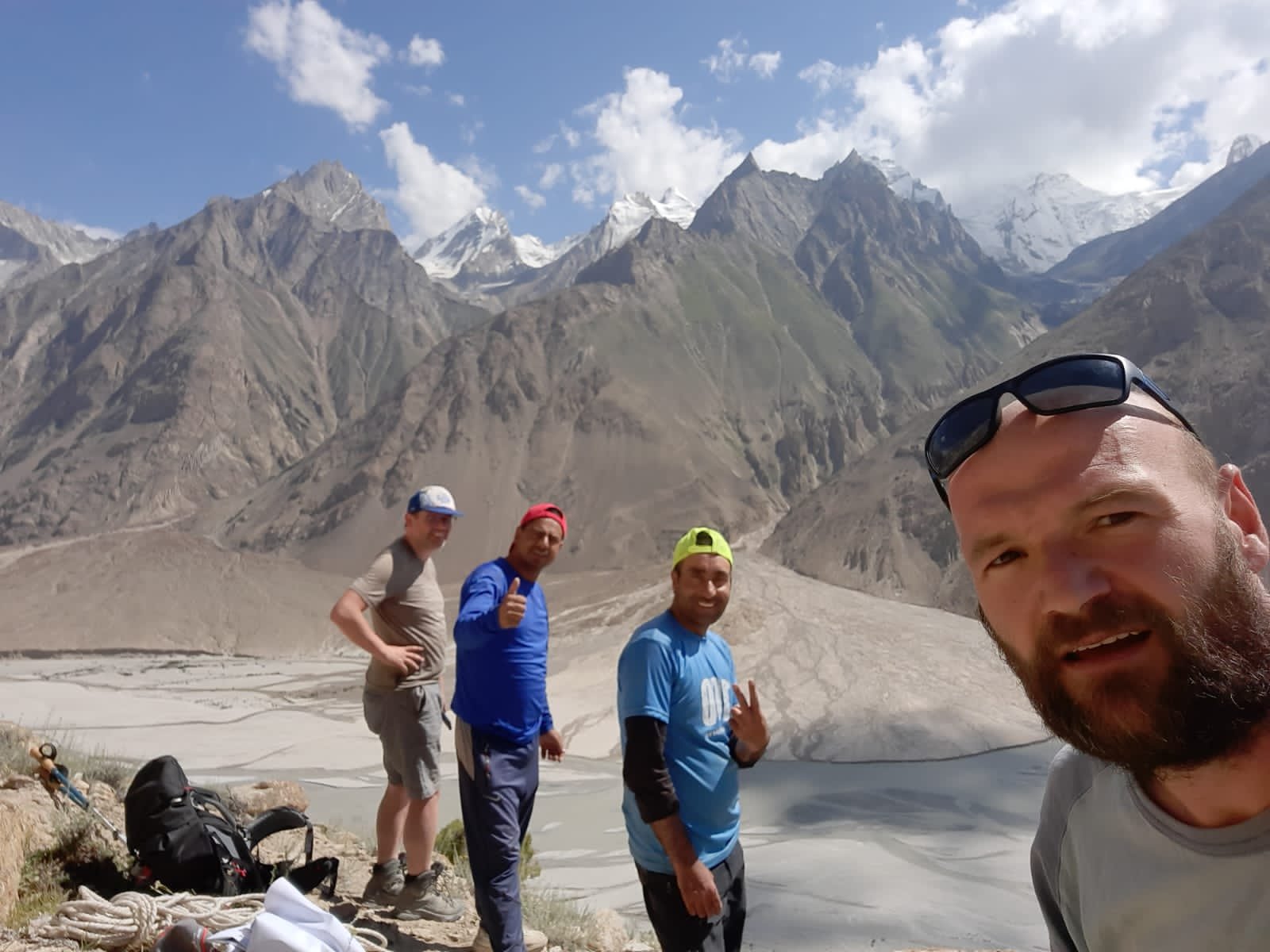
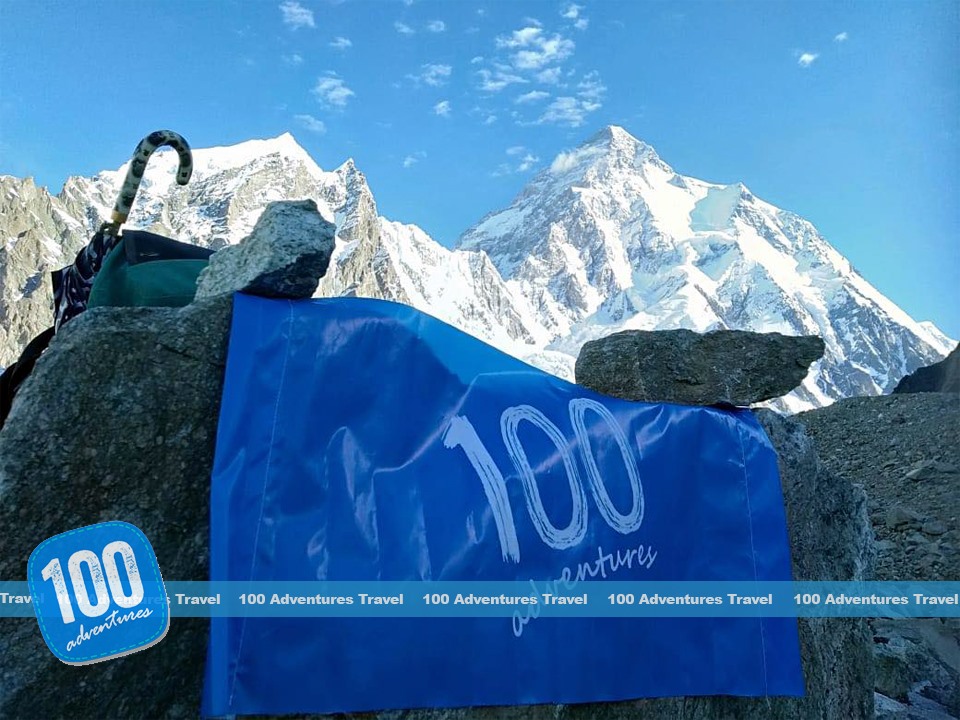
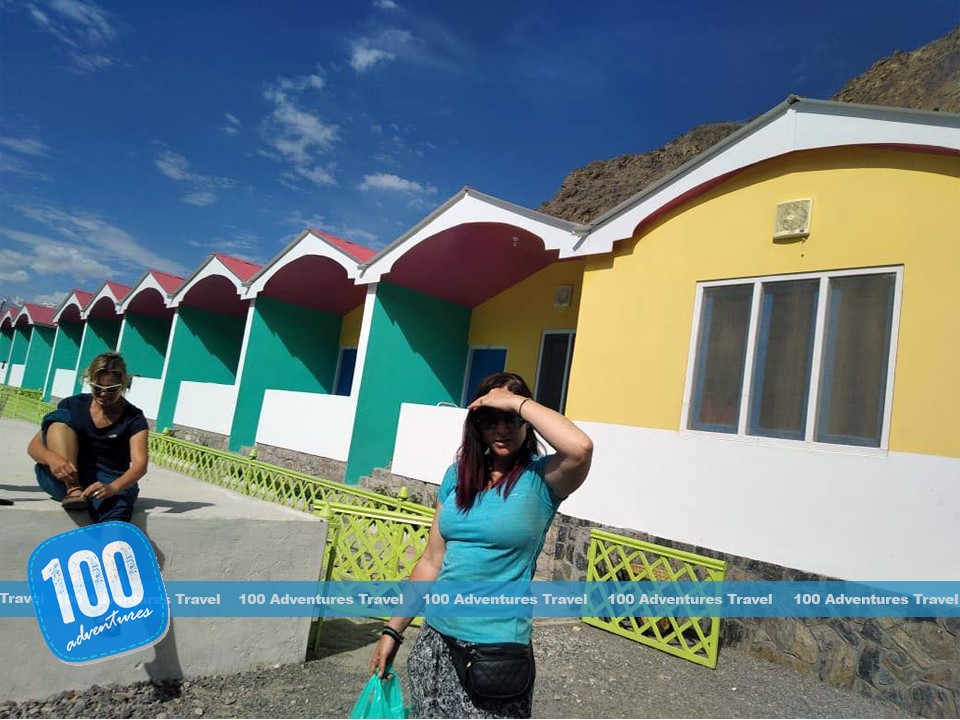
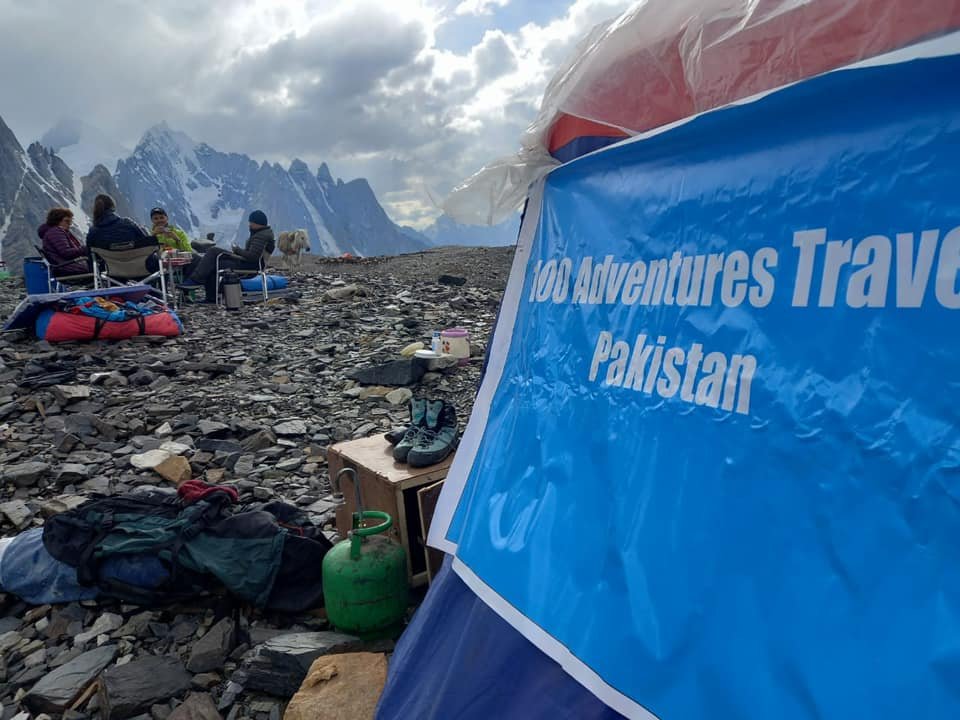
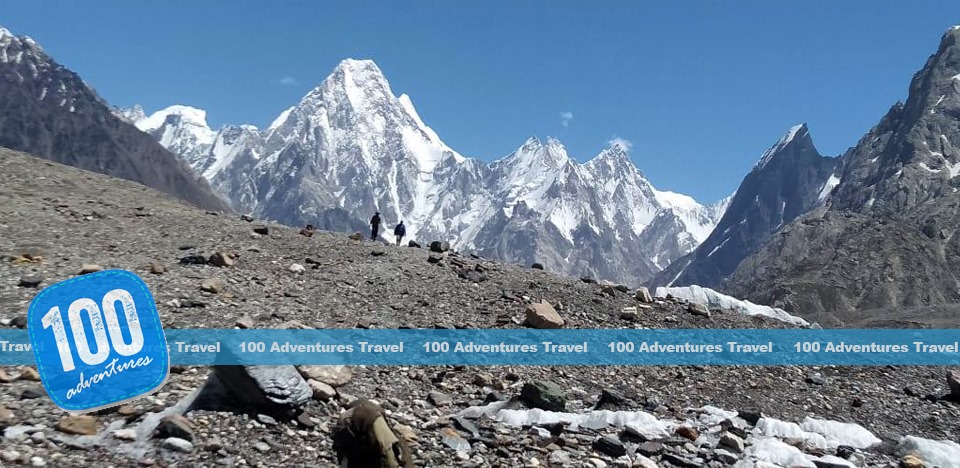
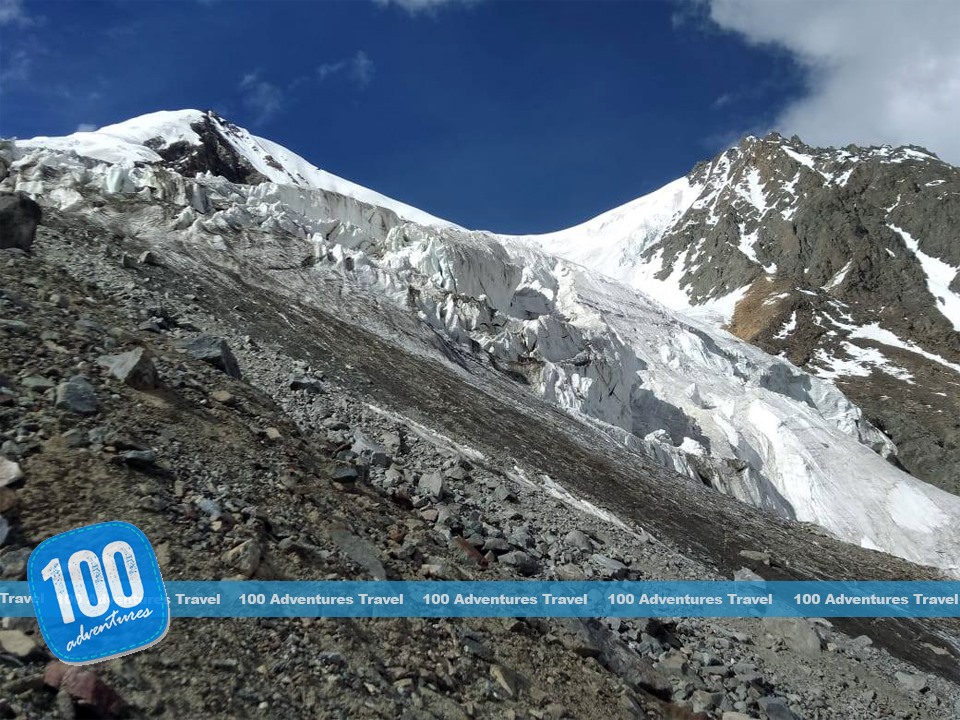
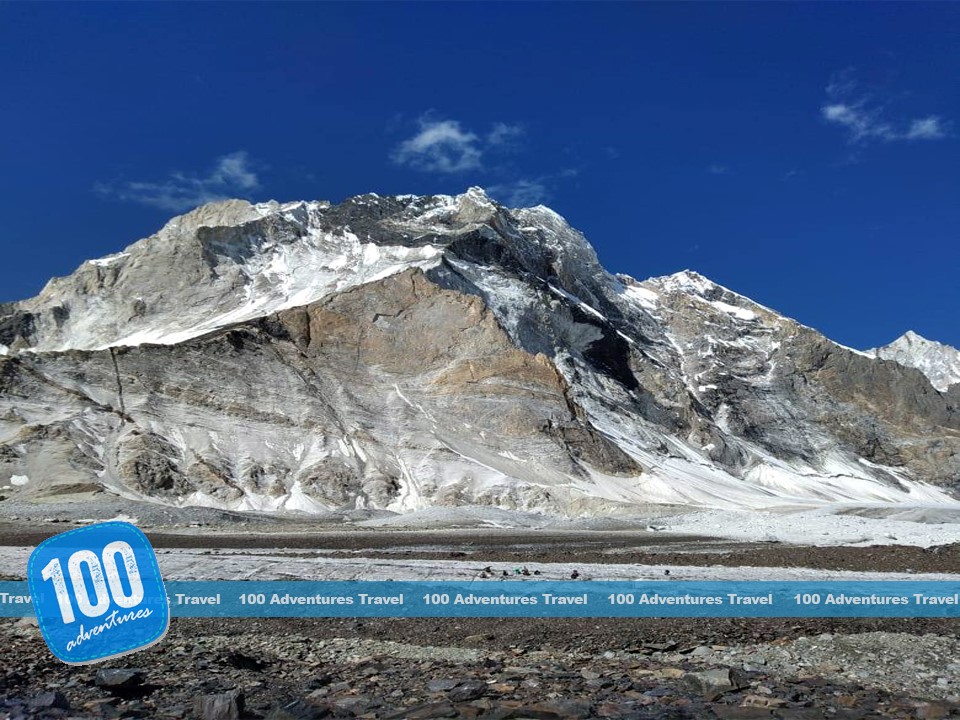
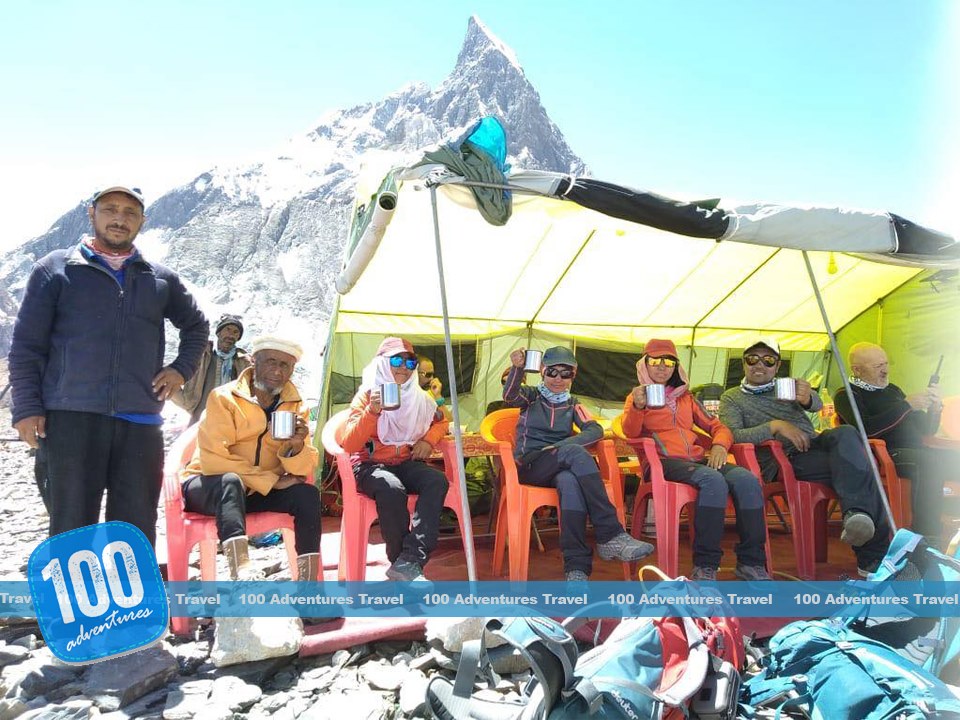
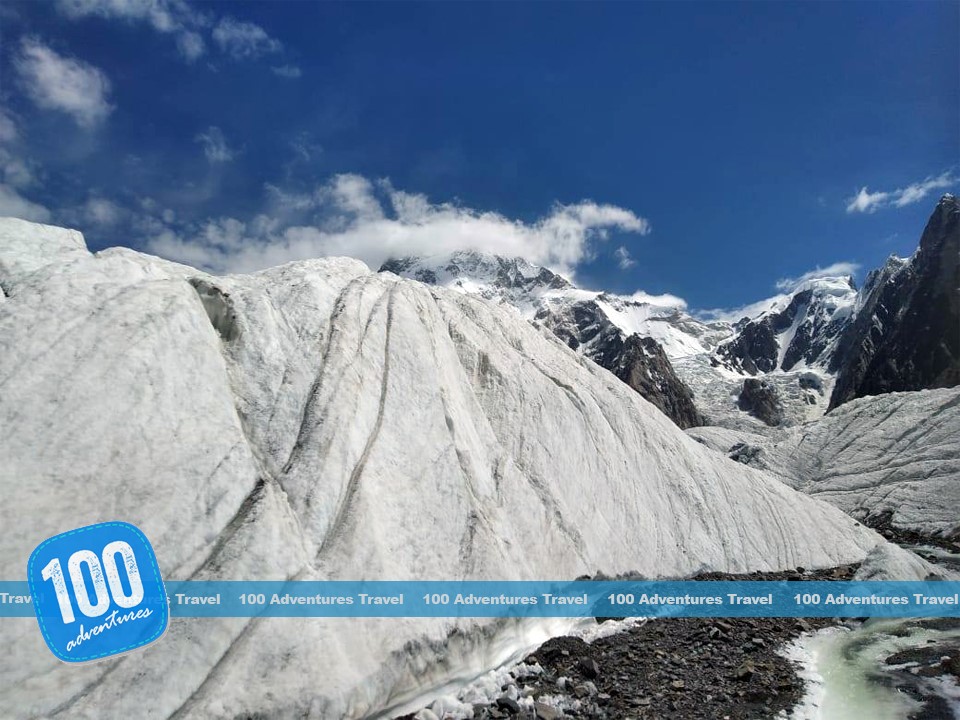

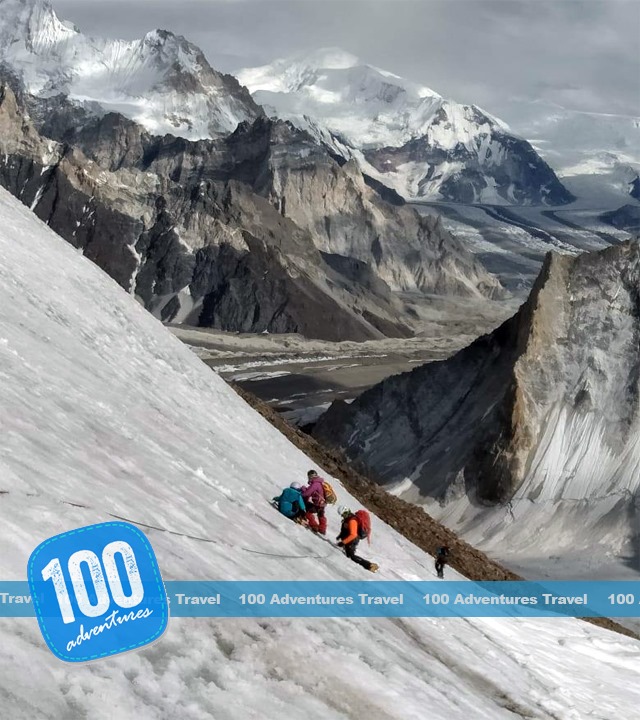
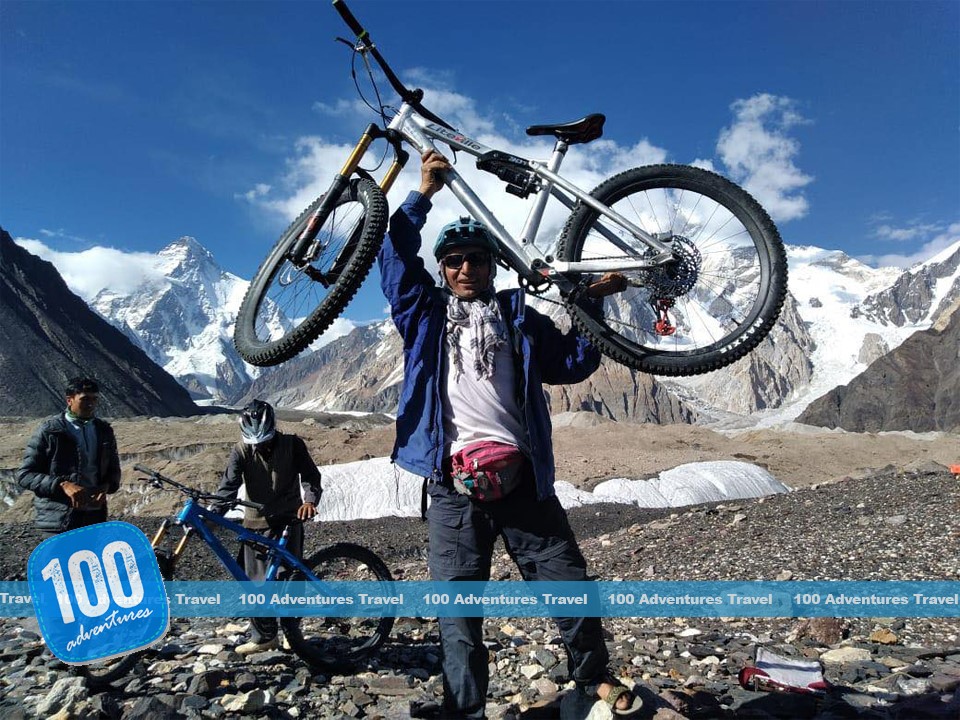
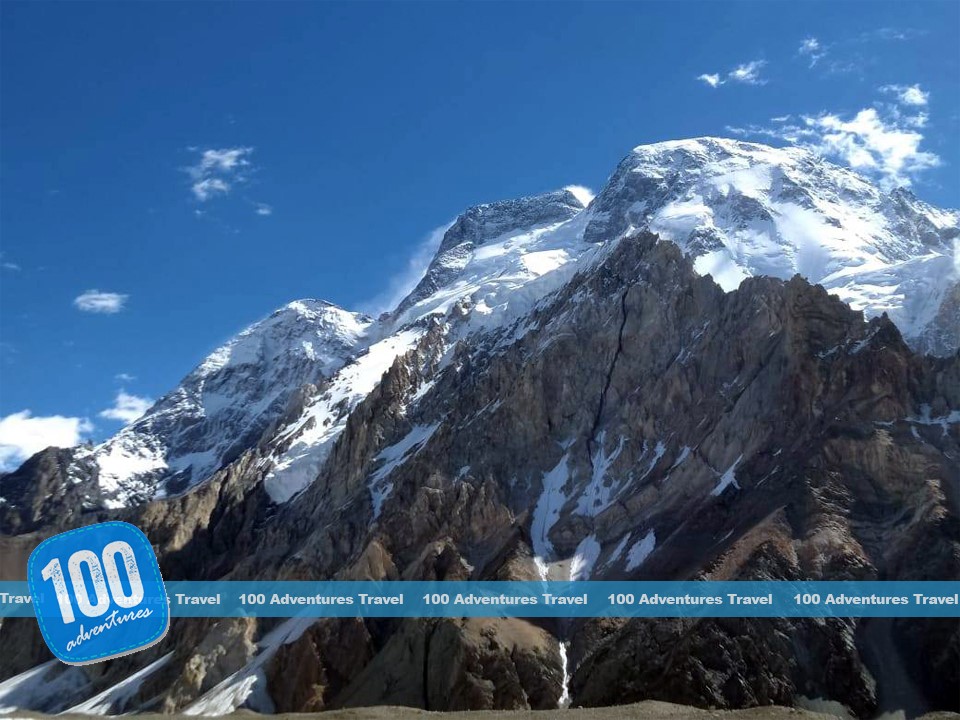
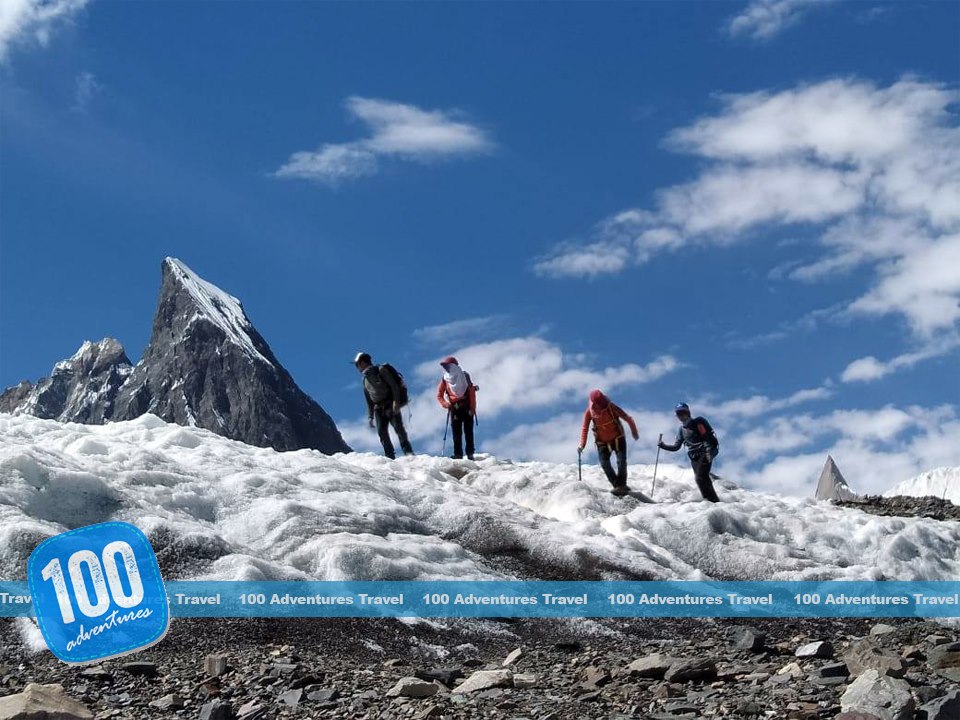
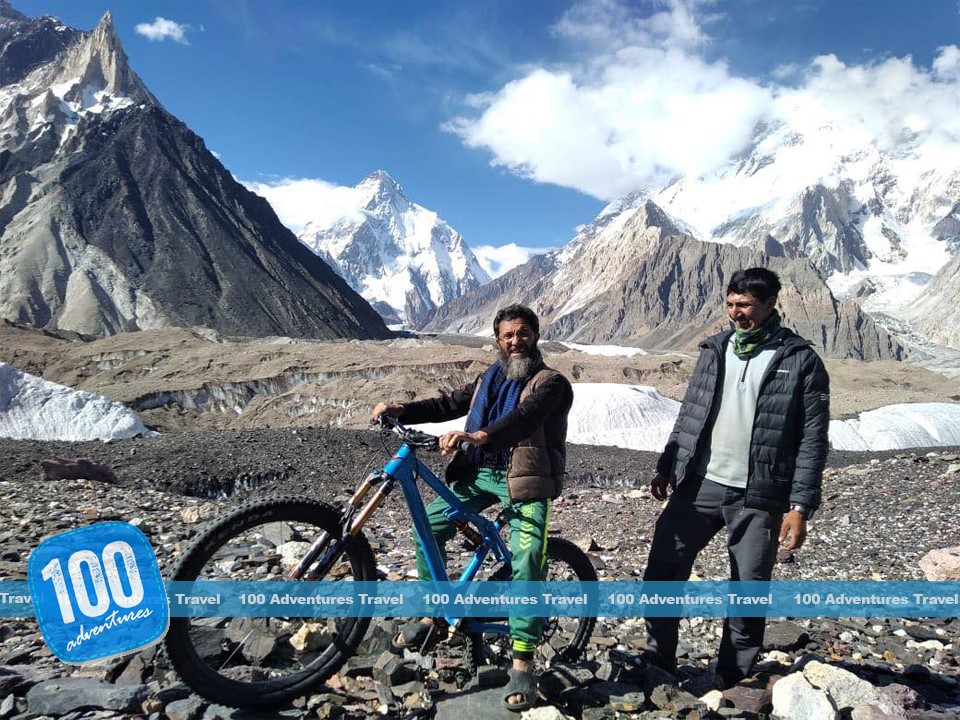
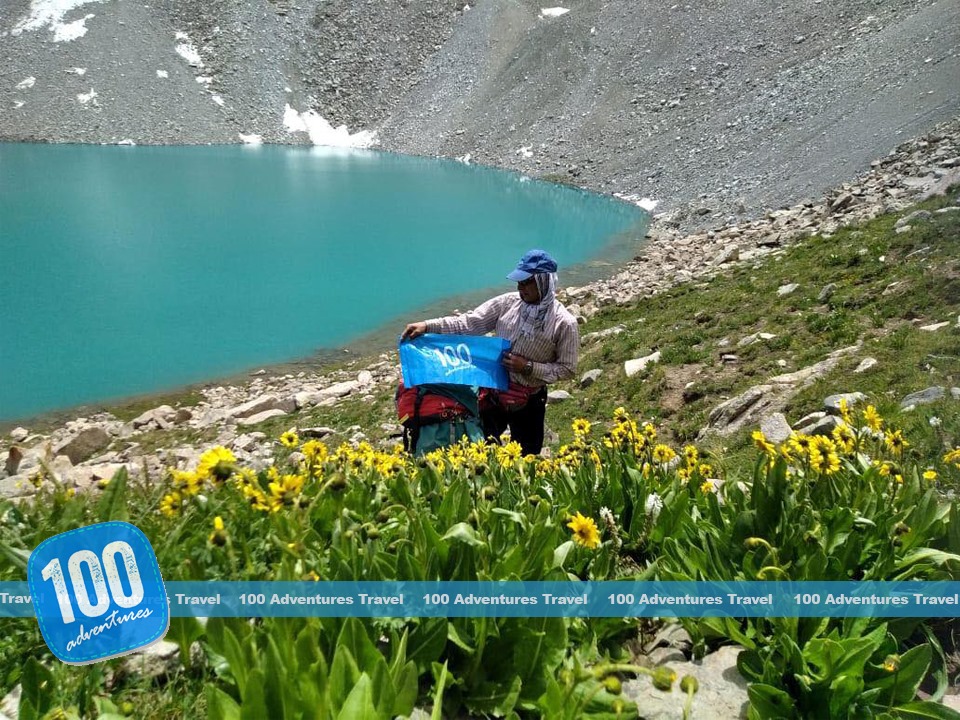
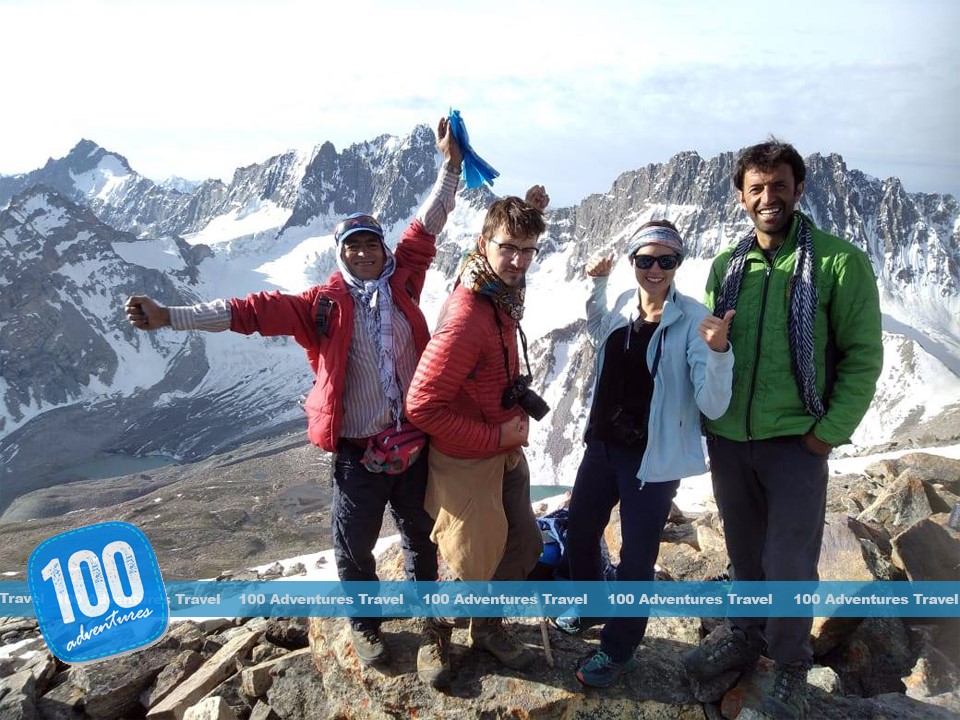
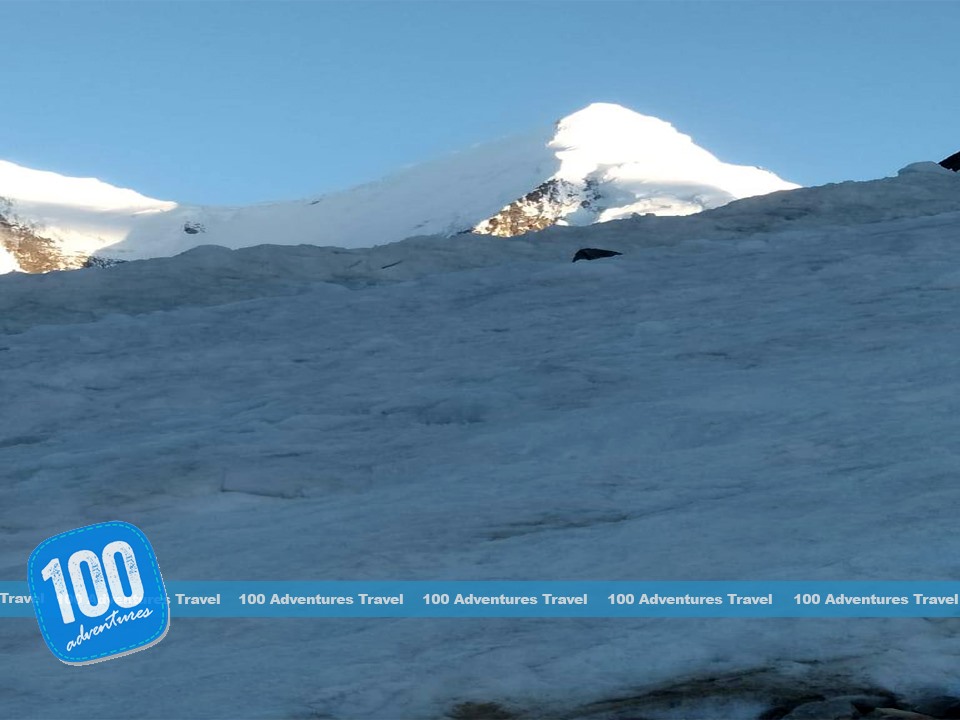
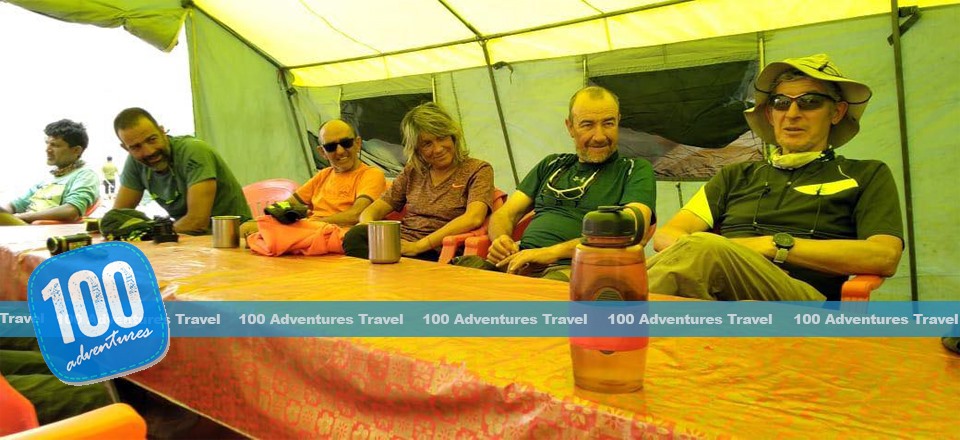
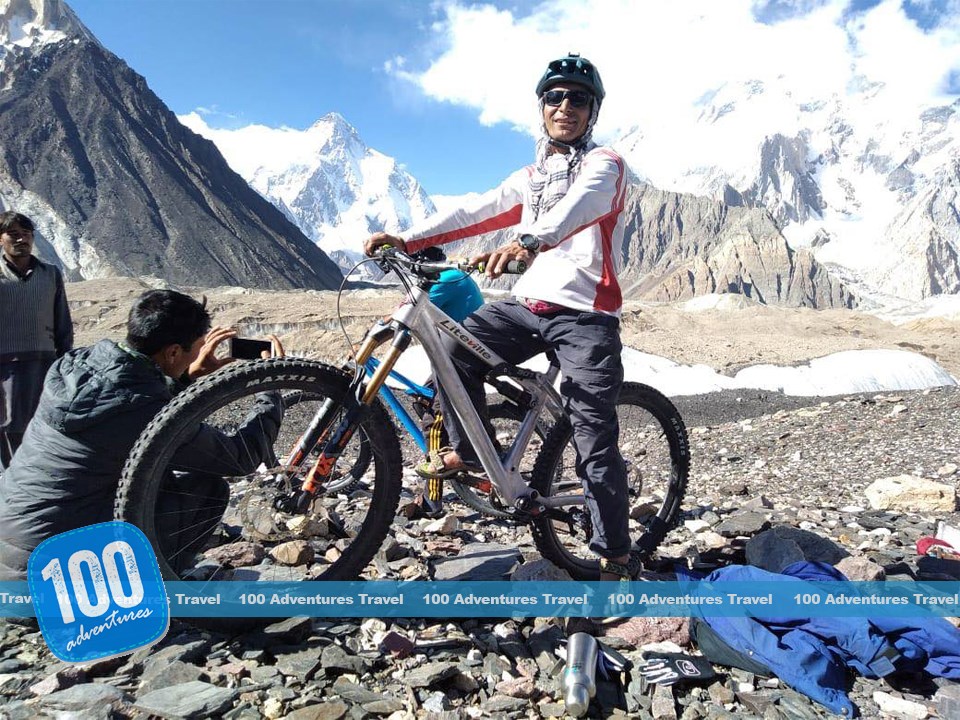
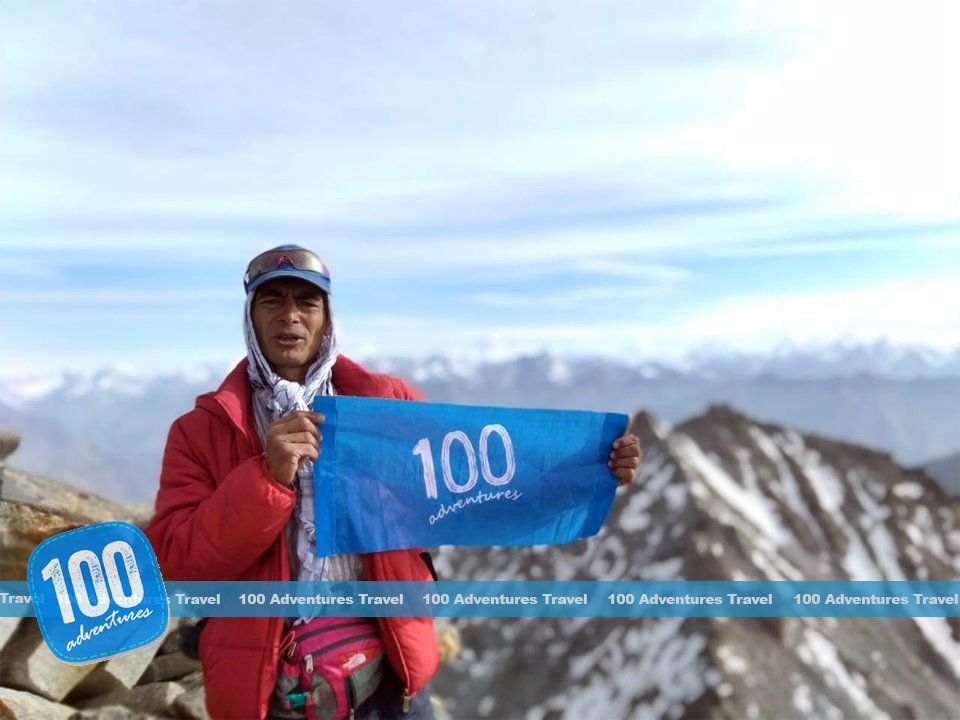
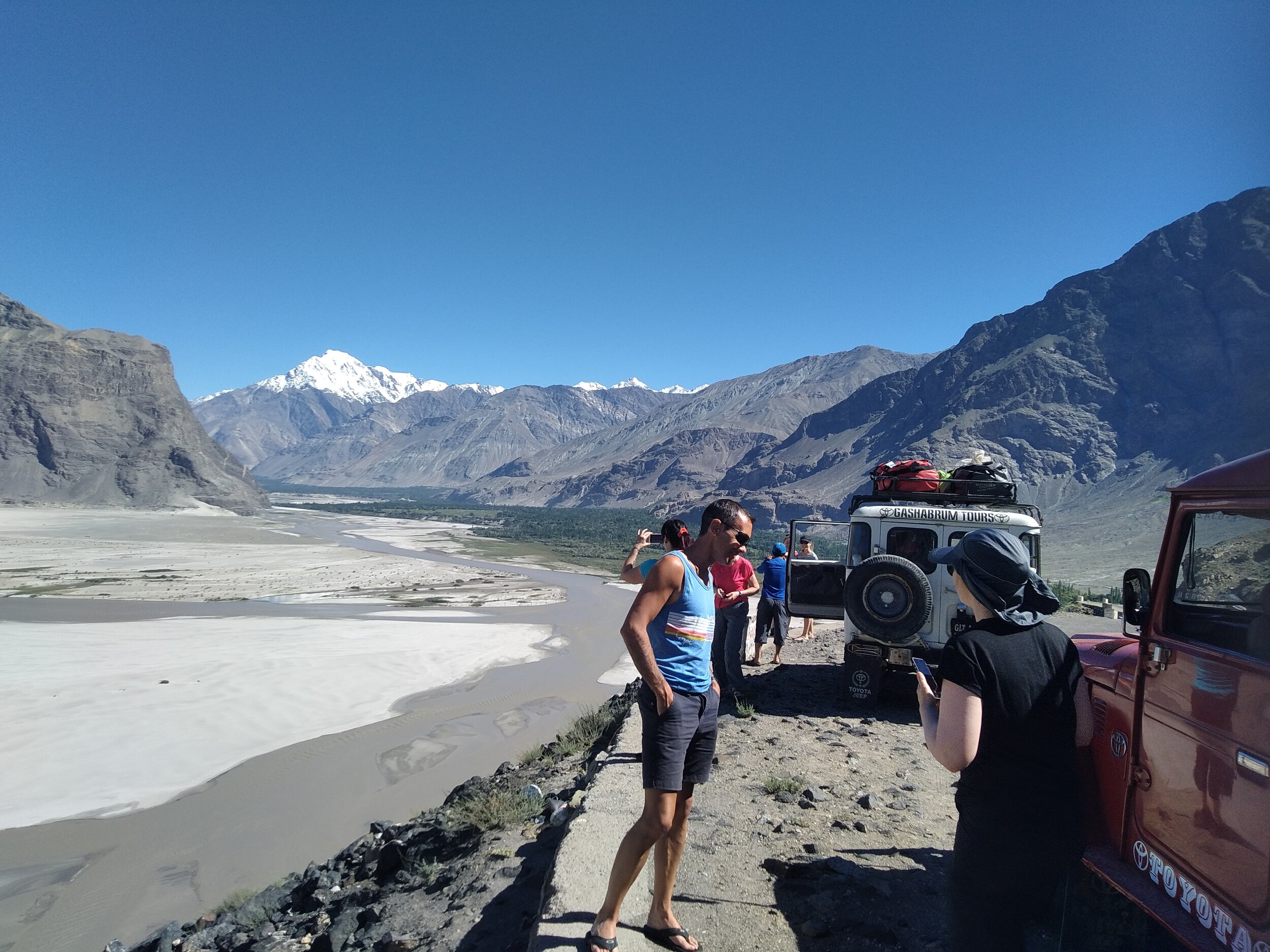
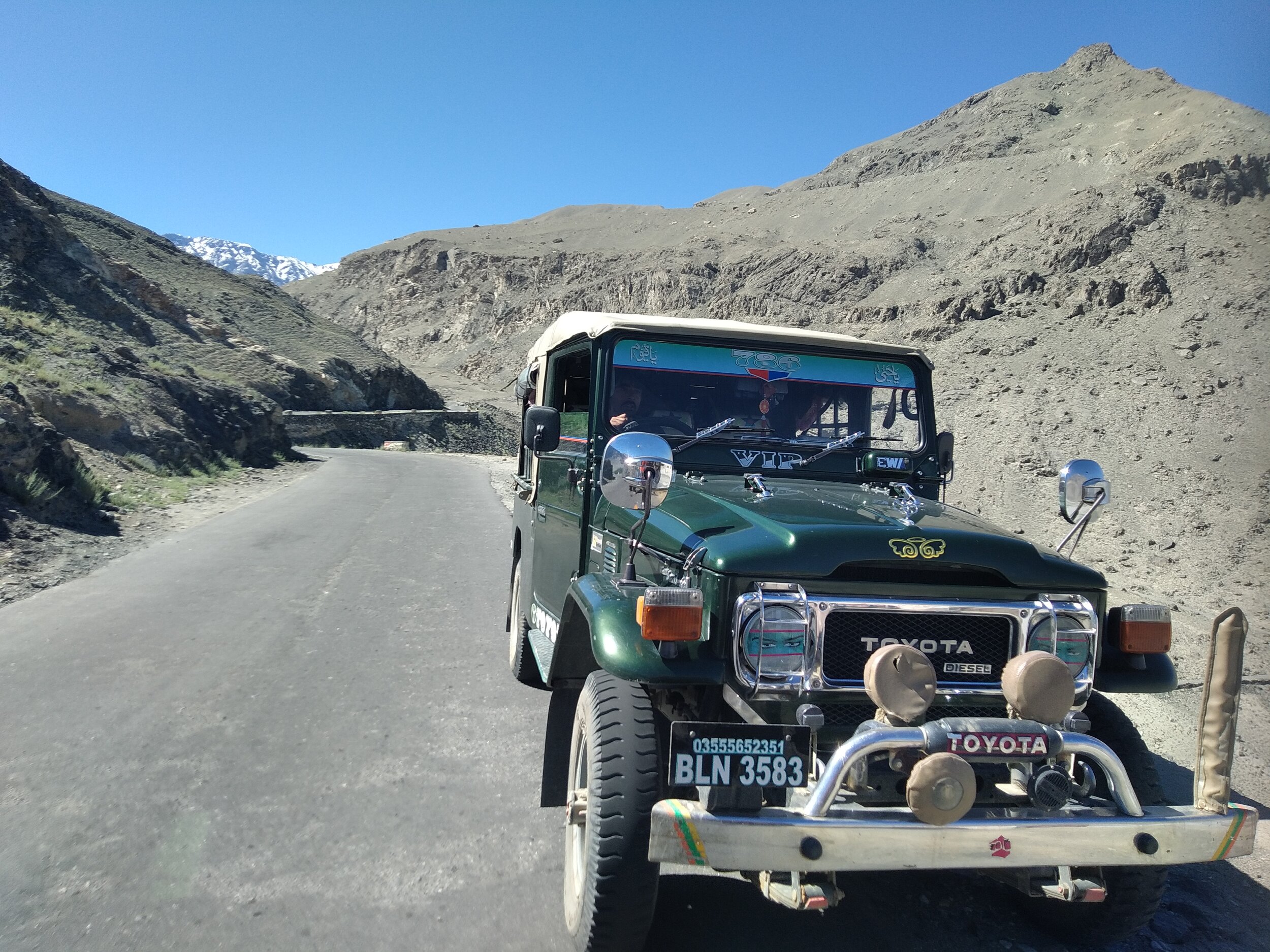
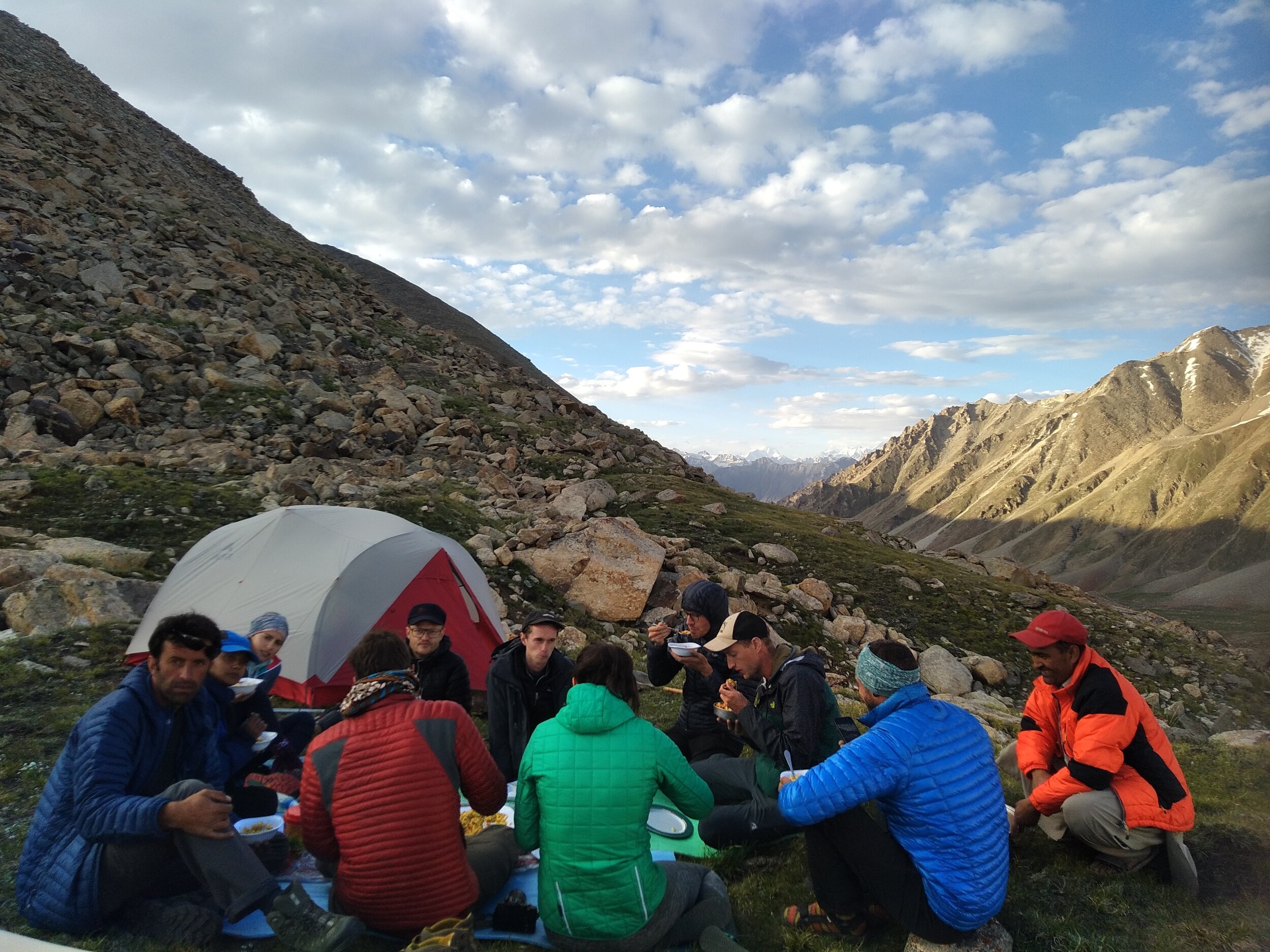
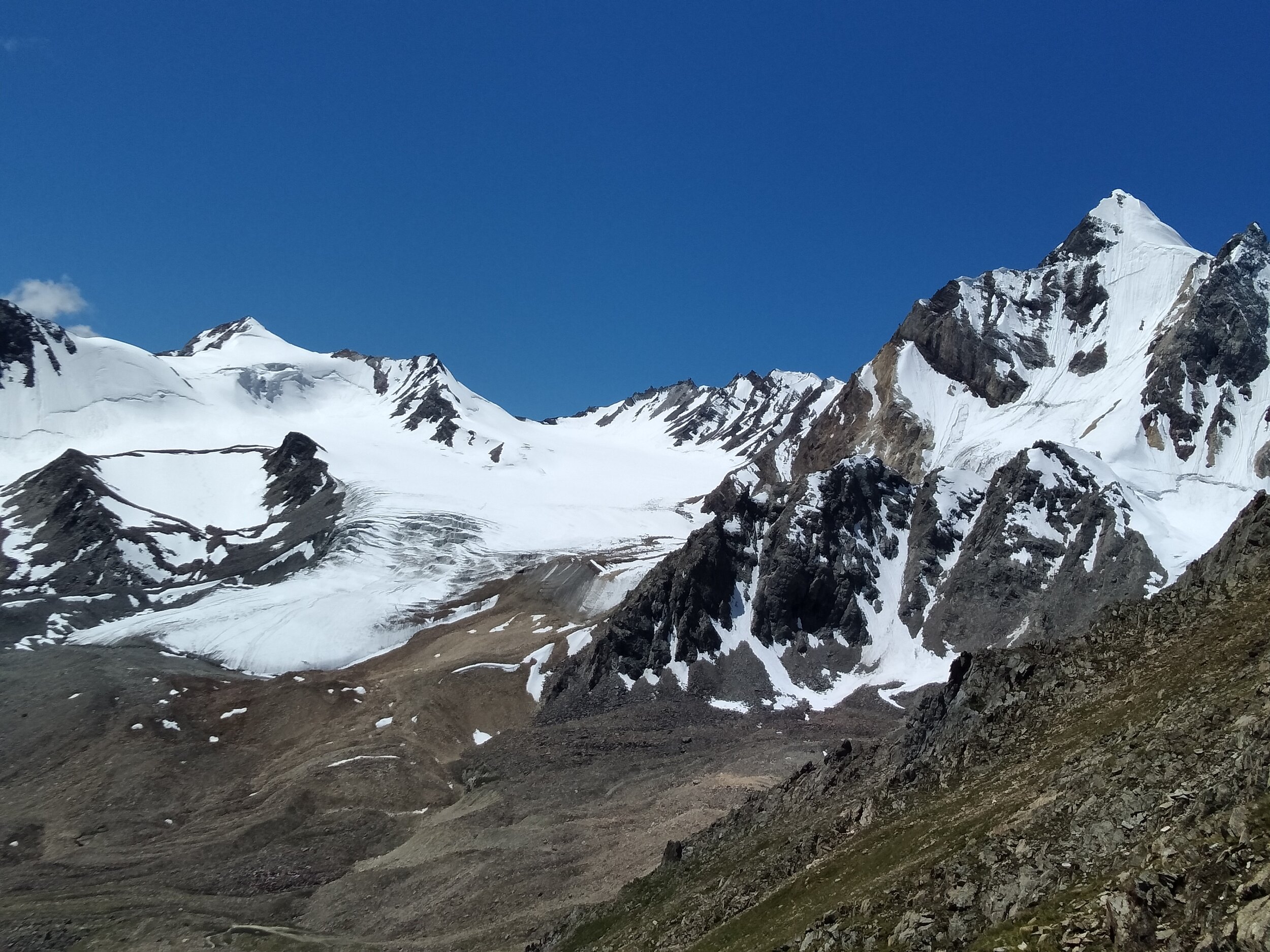
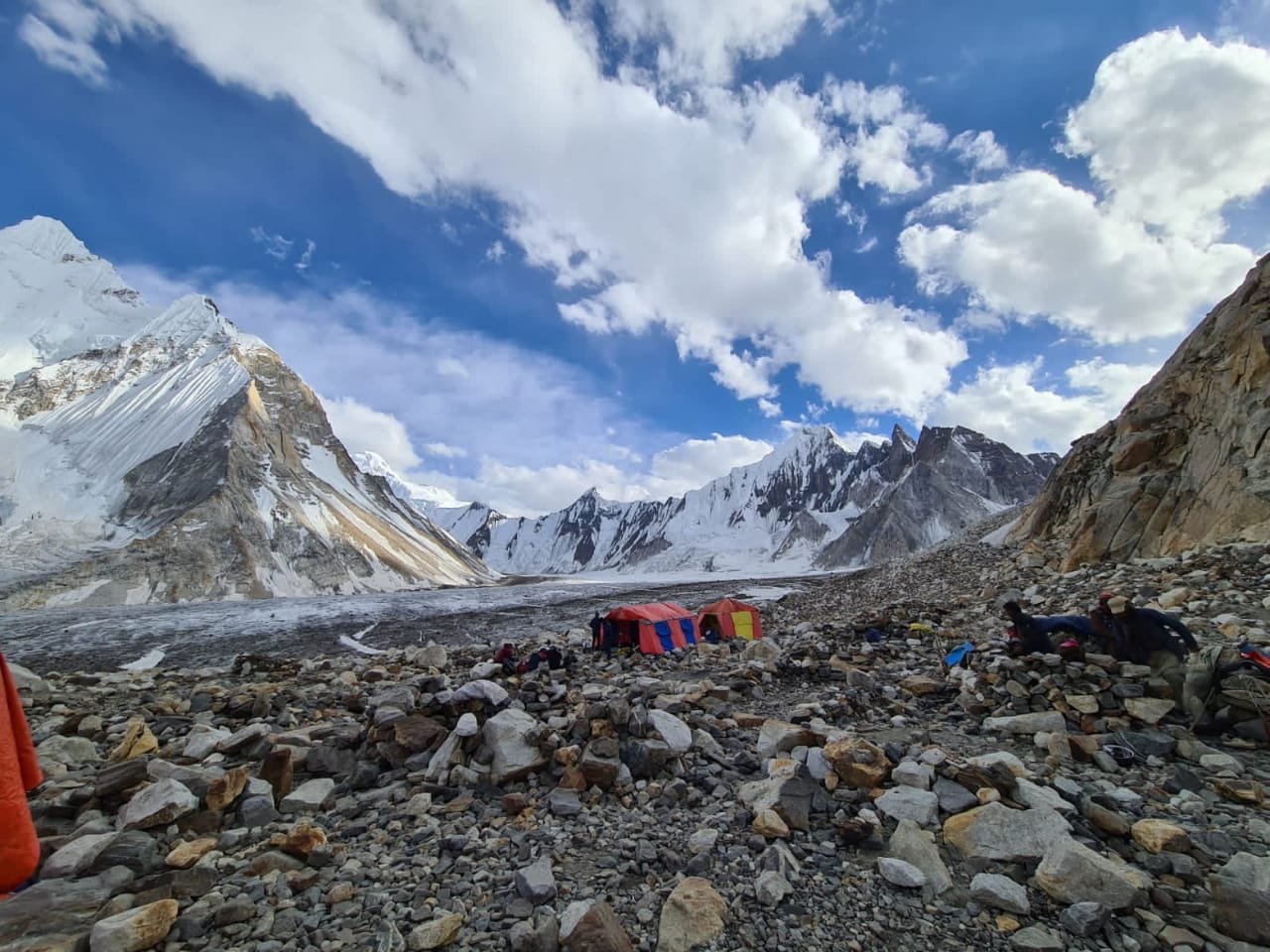
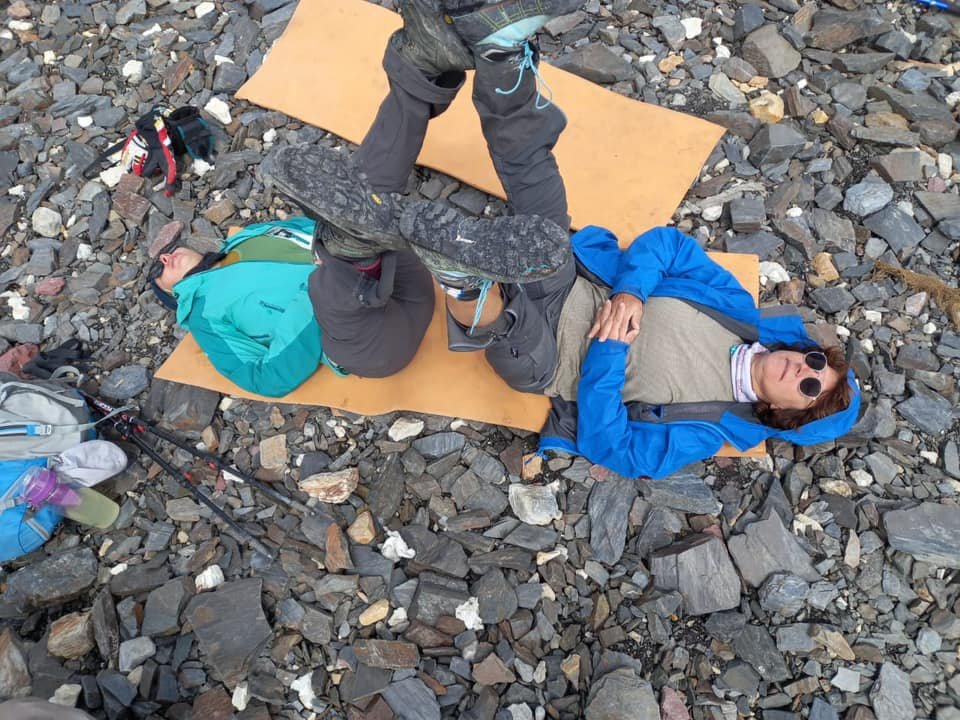
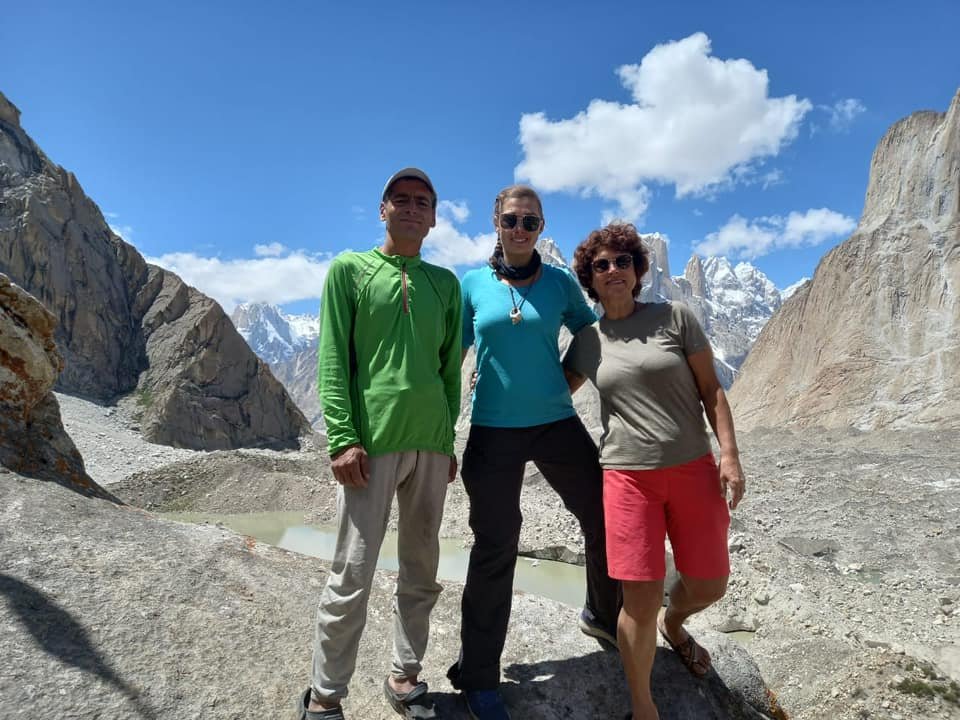
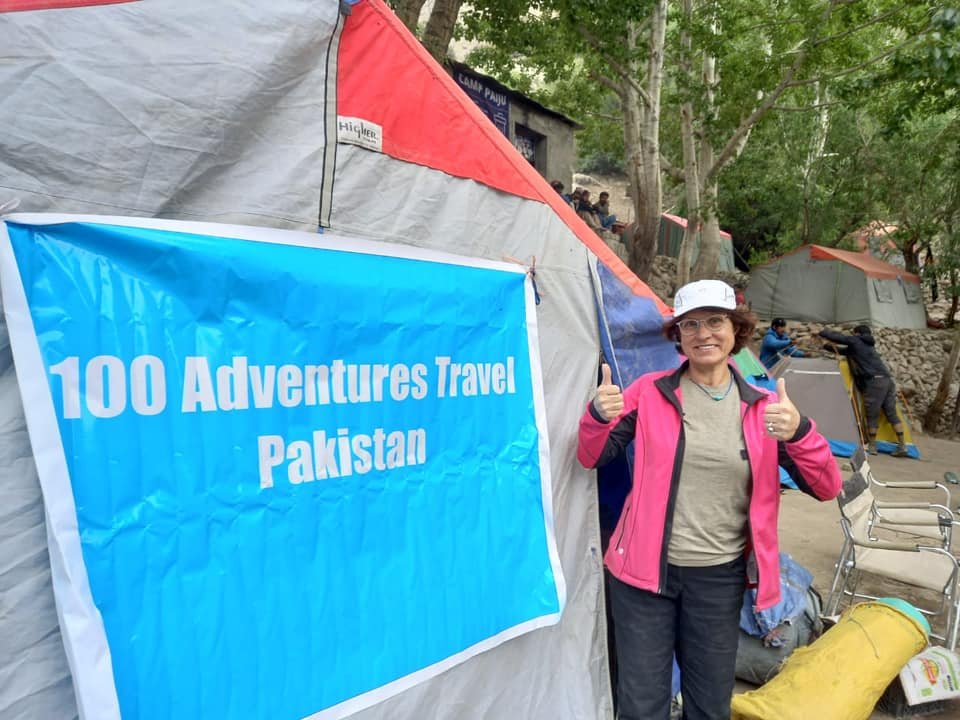
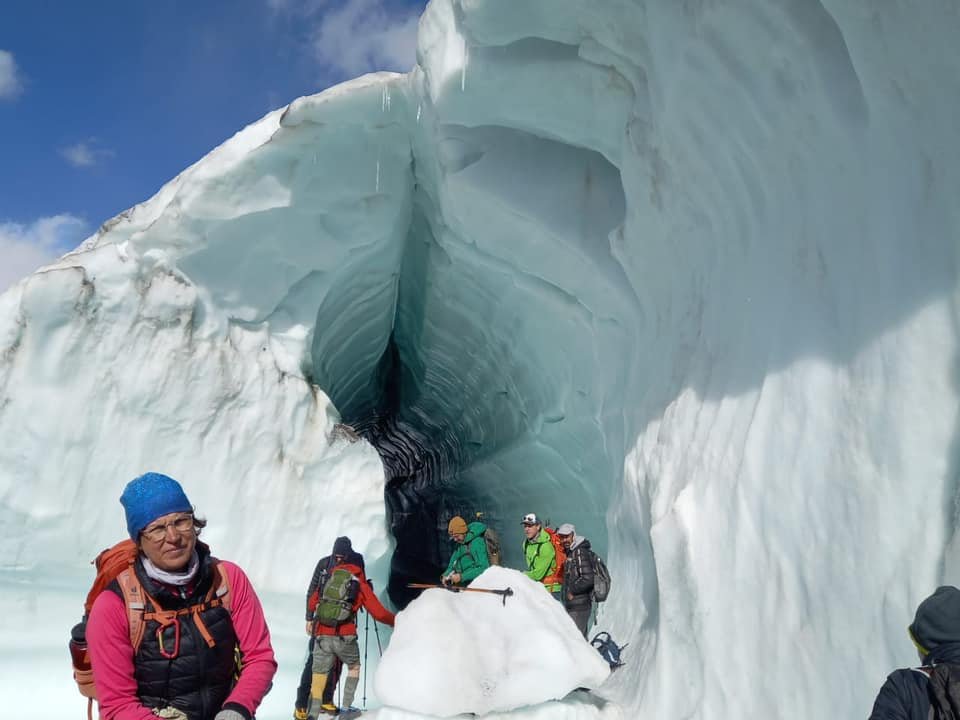
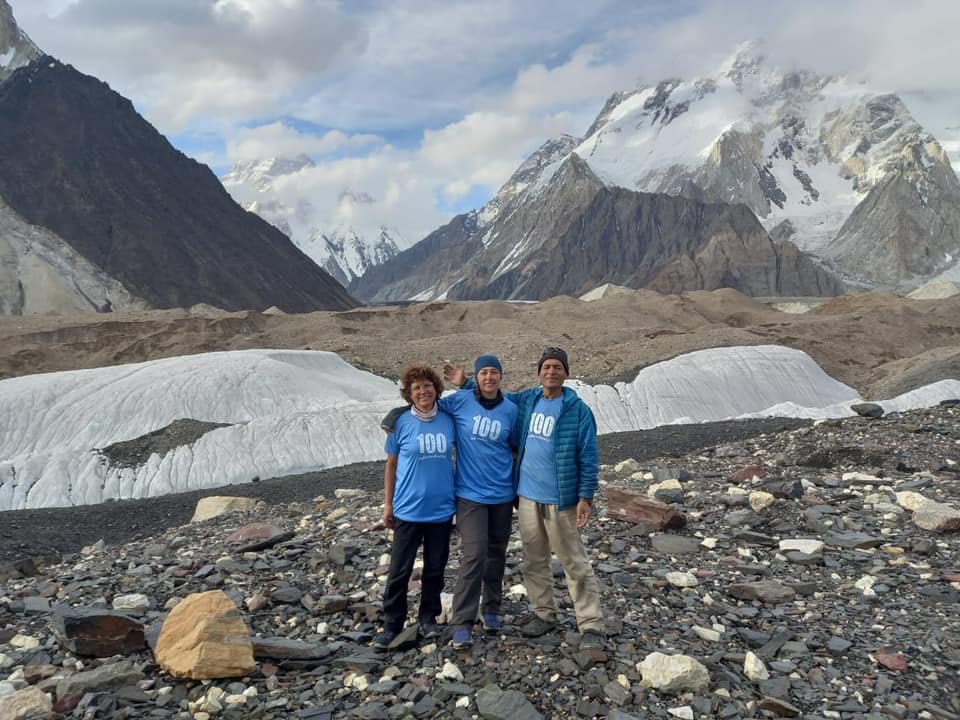
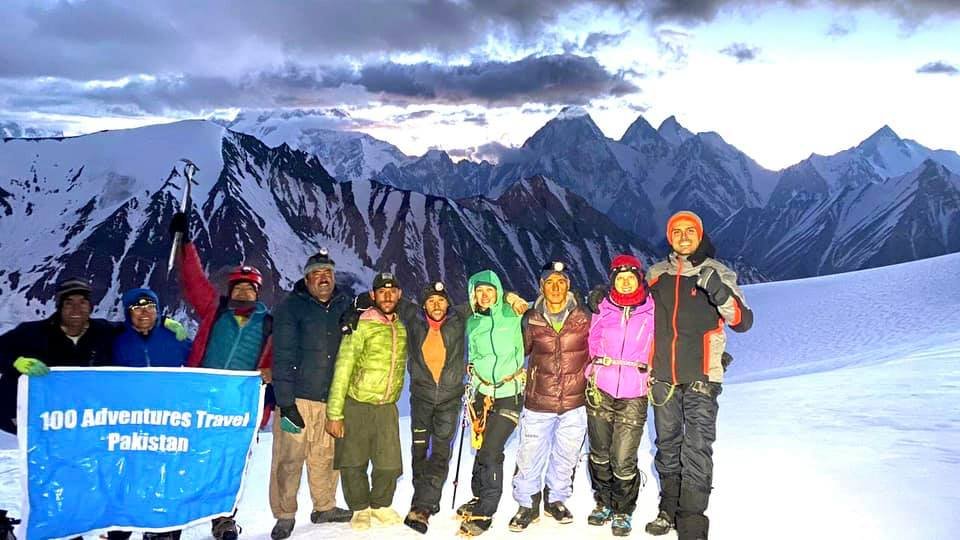
Duration:
20 days
Next Departure:
June, July, August 2025
Airport:
Islamabad
Reference:
KC100A
Booking Now Open for June, July, and August 2025!
Price: $2,600 per person
Secure Your Spot: Reserve with just $500. The remaining balance is due 60 days before your travel date.
Early Bird Offer: Enjoy a 10% discount by booking before January 31st, 2025
Plan ahead and save—book now to take advantage of this limited-time offer!
Summary:
This is an exceptional and ambitious trekking adventure which starts out with a short flight from Islamabad to the town of Skardu in Baltistan. The journey to Concordia, which is the meeting place of the Godwin-Austen Glacier and upper Baltoro Glacier, is demanding, as it follows the route up to the 62 km long Baltoro Glacier and mountain passes surrounded by the breathtaking 8000m high mountain peaks. It is not a trek to be taken lightly. For the majority of its length the trek goes through uninhabited areas where preparation for any eventuality is crucial, because the trail itself is constantly shifting due to the weather and glacial action. The trek is going to be challenging, with numerous streams and tributaries to be crossed, but the rewards are immense. From the top of Gondogoro La (5680 m) the view of the prominent mountains of Shigar Valley and Hushey Valley is stunning.
Placed among the great treks of the world, walking to Concordia leads past ten of the world’s thirty tallest peaks – including four of the world’s 8000M peaks – K2, Broad Peak, Gasherbrum II and Hidden Peak. Other peaks, equally spectacular, include the mighty Chogolisa, Golden Throne and Gasherbrum IV where the trek can lead up the Godwin Austen Glacier to K2 Base Camp. Expedition teams are located in the area in their effort to climb this formidable peak.
This trek is undoubtedly one of the Great Walks of the World – the Karakorum’ answer to Everest Base Camp. Gondogoro La Trek is an absolutely unique journey and the famous highest Karakorum peaks can be seen from the top.
Highlights:
Views of K2, Broad Peak and the Gasherbrums from the Gondogoro La
Walking holiday to Concordia and the Baltoro Glacier
One of the world`s top 5 trekking adventures
Experience the picturesque Hushe Valley in Pakistan
Itinerary:
Day 1: Meet at the group hotel in Islamabad. Islamabad Airport transfers are provided
Meet at the group hotel in Islamabad. All clients will be picked up by a 100 Adventures representative on arrival at Islamabad International Airport and taken to the group hotel. Land Only package services begin with this transfer to the group hotel. The majority of international flights arrive in the early morning and you may want to rest before lunch. The first group get-together will be at lunch, during which the tour leader will provide a pre-trip briefing. Depending on the time available to us there may be the option to do some sightseeing in Islamabad, a city purpose-built in 1961 as the new capital of Pakistan.Islamabad is much more open, a modern city with many parks and wide streets arranged on a grid system. There is not always the opportunity to include a sightseeing tour and, if there is, it is optional and there will be a charge payable locally.
Accommodation: Hotel
Meals: Lunch, Dinner
Day 2: In the morning, take the spectacular flight to Skardu (2500m), afternoon free for sightseeing.
Weather permitting, we take the early morning 1-hour flight from Islamabad to Skardu, skirting breathtakingly past the Rupal and Diamir faces of Nanga Parbat. It is even possible to catch a fleeting glimpse of K2 and the other high peaks of the Baltoro in the distance before landing at Skardu. Here, we check in to the group hotel and can spend the afternoon relaxing. Sightseeing options include visiting the nearby Alexandria Fort or taking a jeep ride up to the beautiful Satpara Lake. A large rock carving of the Lord Buddha beside the track up to Satpara is a reminder that this part of Pakistan was Buddhist before the arrival of Islam.
Accommodation: Hotel
Meals: Breakfast, Lunch, Dinner
Day 3: Drive via the fertile Shigar Valley and the Braldu Gorge to Askole (3000m)
We leave Skardu by jeep for the 7-hour drive to the roadhead at the village of Askole, passing through the fertile Shigar Valley. The last 2 hours of the drive covers the ground which used to make up the first 2 days' walk of the trek and includes the passage of the infamous Braldu Gorge section. This high and steep-sided valley is prone to landslide and we may have to walk short sections of the road where it has been made unstable by rock-fall. Given reasonable road conditions, we will spend our first night under canvas in this famous Balti village high above the thundering Braldu River. Askole is a single street of wooden houses, backed by irrigated fields of corn and potatoes and groves of apricot trees.
Accommodation: Camping
Meals: Breakfast, Lunch, Dinner
Day 4: Follow a cliffside path to the Panma Valley and cross the river to 'Jhola Camp' (3100m) Approx 3-4 hours
Above Korofon, we follow the course of the Braldu as far as the junction with the tributary Panma River. To cross this fast flowing river we have to detour up-valley to a bridge which is maintained by the Central Karakoram National Park (CKNP). The bridge is built at a rocky narrowing of the valley and the last part of the approach is on a trail partly cut into the cliff face. There is now a suspension bridge here, where once 100 Adventures clients had to cross the river in a crate suspended below a pulley on a cable. This type of 'flying fox', known locally as a jhola, used to be common throughout the mountains of the Karakoram. We make camp a little way beyond the bridge at the place known as Jhola.
Accommodation: Camping
Meals: Breakfast, Lunch, Dinner
Day 5: Trek through the Valley of the Braldu with a glimpse of K2 to Paiju (3420m) Approx 7 hours
We make an early start today and, returning to the Braldu River once again, we continue on a good path, passing a couple of old camping places at Chowblok and Bardomal which are now rarely used as much of the level ground has been eroded by the shifting river. Beyond these old camping places the path runs for a while at the very edge of the river, before climbing to higher ground and allowing us excellent views of the impressive Paiju Peak. We have to negotiate a couple of streams today and depending on the melting of the glaciers above, we may have to ford these (sports sandals or old trainers useful). At our high point today we have views ahead to the snout of the Baltoro Glacier and the granite peaks of the Trango and Cathedral groups. On a clear day it is even possible to see K2, which is partially obscured by the shark's fin of the Lobsang Spire. After dropping down to the main Braldu River again, we reach the expedition staging camp at Paiju (3420m).
Accommodation: Camping
Meals: Breakfast, Lunch, Dinner
Day 6: Acclimatisation day at Paiju (3420m) with options for day walks.
Paiju is the traditional stopping point for all groups headed for Concordia, located at a widening of the Braldu Valley and within sight of the snout of the mighty Baltoro Glacier. This became a key staging point for climbing expeditions and trekking groups due to the presence of spring water and a sparse population of trees which were originally use for cooking fires. Today there are several levelled pitches for tents and the site is equipped with 'long-drop' toilets and wash basins - a 'bathroom' with one of the best views in the world! We spend a complete day at Paiju, which is good for our acclimatisation and is also a useful time for our porters to bake as much bread as they can for the trek before we climb up onto the glacier. For those with energy to spare there is the opportunity to hike up the hill above camp for extensive views of the granite towers of Trango and Cathedral peaks and potentially another glimpse of K2, still many miles distant. We spend a second night at Paiju.
Accommodation: Camping
Meals: Breakfast, Lunch, Dinner
Day 7: Climb up onto the Baltoro Glacier, cross to the south bank and continue to Horbose (3795m) Approx 8 hours
Another early start today. From our camp at Paiju, a walk of approximately one hour brings us to the snout of the Baltoro Glacier. After viewing the outpouring of melt water from the ice we now climb up onto the back of this great beast. At this point the ice of the glacier is completely covered by rubble and rocks and although we are following a trail used by many expeditions, the going here can be quite tough. The trail undulates as we climb over the swells of the flowing glacier and it is fascinating to think that the stones underfoot could have come from the summit of Broad Peak, Gasherbrum or K2. Gradually we work our way across the glacier to its south side where we can use a path along lateral moraine. Heading roughly east we continue, sometimes on the moraine and sometimes down beside the glacier until we reach a side valley. At this point it may be possible to continue more or less directly by climbing up onto the glacier. Or, if the glacier is not easily accessible, we will turn off into the valley for approximately half an hour to reach a point where we can cross the meltwater stream (sandals or old trainers required). Finally reaching the camping place at Horbose (3795m) we have sensational views of the Cathedral Towers, the Trango Group and the striking rock tower of Uli Biaho. A great day of trekking over difficult and mixed terrain.
Accommodation: Camping
Meals: Breakfast, Lunch, Dinner
Day 8: Trek beside the glacier with views of the Trango Towers to Urdukas (3900m) Approx 3-4 hours
We have a shorter day today, mindful of the need to increase our sleeping altitude slowly. We continue eastwards beside the Baltoro Glacier either along the lateral moraine or sometimes on the glacier itself, passing the ship-like prow of Great Trango and the isolated pillar of the Nameless Tower, to our next camp at Urdukas (3900m). This campsite is perched a hundred metres above the glacier on terraces originally hacked out of the hillside by the Duke of Abruzzi's K2 expedition of 1909. It has truly sensational views of the Trango Towers and, directly opposite and almost a mile away across the valley, the vast rock walls of Cathedral Peak and Lobsang rise like ramparts above the glacier. This is a truly awesome place. We should reach here in time for a late lunch and the rest of the afternoon is free to tend to camp chores or just to soak up our fabulous situation.
Accommodation: Camping
Meals: Breakfast, Lunch, Dinner
Day 9: Continue trekking along the Baltoro Glacier with views of Masherbrum to Goro (4295m)
Leaving Urdukas behind, we follow the moraine edge east until it is possible to climb up onto the broad back of the glacier. We now cross to the centre ground where the 'flow' is generally smoother and soon we come within sight of the spectacular Masherbrum (7821m) on our right hand side. Ascending and descending the mountains of rubble which are strewn over the ice, we also have glimpses ahead to the peaks which surround Concordia. Especially prominent is the stunning Gasherbrum IV (7925m) at the head of the glacier. There are good views back towards the Trango and Cathedral peaks as we approach our camp at the place known as Goro (4295m). We are quite high now and camping on one of the largest pieces of ice outside the polar regions so we will make sure to wrap up warmly for the cooler nights ahead.
Accommodation: Camping
Meals: Breakfast, Lunch, Dinner
Day 10: Pass Mustagh Tower during the trek to Concordia (4500m) Approx 5-6 hours
The final approach day to Concordia takes us through what must arguably be the most spectacular mountain scenery anywhere in the world! Our approach to Concordia continues along the heaving swells of the Baltoro Glacier as we pass Mustagh Tower (7284m), an imposing monolith of rock first climbed by Joe Brown and Ian McNaught-Davis in 1956. At the time this was considered one of the hardest climbs in the region. A French team competing for the summit by a different route reached the top just five days later, but then almost thirty years passed before the third ascent was made by Sandy Allan, Tony Brindle, Mal Duff and Jon Tinker, following Brown's original route. Ahead of us Gasherbrum IV (7925m) acts like a beacon drawing us on, whilst at some points on today's walk we can also see Gasherbrum ll (8035m) which peeks out to the right of Gasherbrum lV. As we make our way up the Baltoro, the aptly named Broad Peak (8051m) comes into view above the ridge connecting Marble Peak and Crystal Peak on our left. K2 keeps itself hidden until the very moment we reach Concordia when suddenly its full height is revealed in sweeping lines that climb almost 4000 metres from the valley floor to the summit - a sight that will never be forgotten. Concordia is a wide area where glaciers coming down from K2 meet those from the Gasherbrums and Chogolisa. It was given its name by Sir Martin Conway, explorer and alpinist who named the place after another famous glacial junction in the Swiss Bernese Oberland. It is undoubtedly one of the most spectacular places on the planet and here you can stand within 24 kilometres of no fewer than four eight-thousanders and ten of the world's thirty highest peaks! We make our camp at approximately 4500 metres on a moraine ridge surrounded on all side by jagged peaks including Gasherbrum IV, Mitre Peak, Chogolisa, Crystal Peak, Marble Peak, Baltoro Kangri, Broad Peak and K2.
Accommodation: Camping
Meals: Breakfast, Lunch, Dinner
Day 11: Option to trek to Broad Peak Basecamp (4572m) and/or K2 Basecamp (5100m) Approx 6-12 hours
It is hard to point to a climax on a trip where every day brings new and more spectacular views. For many people a visit to the actual basecamp used by climbers on K2 will certainly be a highlight and this will be an option for those who are fit and acclimatised at this point. Getting an early start we make our way out of the immediate area of our camp and are soon in a maze of crevasses and meltwater rivers. During the climbing season this is a trade route for the porters who supply expeditions up at the basecamps of Broad Peak and K2, so there will be an established trail, but a guide is essential here. After negotiating the difficult ground where 2 glaciers meet, we eventually reach easy terrain and follow the medial moraine of the Godwin Austen Glacier, named after the surveyor who first established the height of K2 in 1860. Coming first to Broad Peak Basecamp after approximately 3 hours of trekking, we can stop and admire the sensational view of K2 in one direction and in the other look back to Concordia framed by Mitre Peak and the bulk of Chogolisa, also known as Bride Peak. Beyond Broad Peak Basecamp the going gets a little tougher as we negotiate the swells of the glacier and more glacial streams. We are still mostly walking over the rubble and boulders of ablation material covering the surface but occasionally we may set foot on the ice itself. Crampons are not needed as the embedded grit in the ice gives it a sandpaper like quality. After a further 3 hours we reach the moraine 'island' known as 'the strip', the traditional basecamp area for attempts on the Abruzzi Ridge, the 'normal' route on K2. If time permits we can also visit the Gilkey Memorial where the names of those who have died climbing K2 are inscribed on a collection of plaques and plates. For those taking the option to visit K2 basecamp this is a strenuous but rewarding day of approximately 10 - 12 hours walking on rough glacial terrain with at least 600 metres of ascent and descent. Anyone who does not wish to make this excursion can trek to Broad Peak Basecamp and get all of the truly fantastic views back towards Concordia, plus the best views of K2 within a 5 - 6 hour round trip. It is also possible to take today as a rest day if you wish, enjoying the marvellous situation of Concordia.
Accommodation: Camping
Meals: Breakfast, Lunch, Dinner
Day 12: Continue trekking following the Upper Baltoro Glacier to Ali Camp (4800m) Approx 5-6 hours
We leave the main trekking trail behind us from today onwards, striking out on a far less travelled route which will take us along the Upper Baltoro, one of the glaciers coming down from Chogolisa that feed the huge glacial junction of Concordia. The time taken to cover this section of the walk and the manner in which we do it will depend on the snow conditions. If the glacier is clear of snow this will be a steady ascent of the valley mostly walking on the ice which will not be slippery. In fact the grit embedded in the ice makes this easy to walk on. There are crevasses to negotiate, the majority of which are neither deep nor wide and can easily be stepped over, and any larger ones can usually be avoided by a short detour. If however the Upper Baltoro is snow covered (fairly unusual from mid-June to August) it will be necessary for us and the porters to move together as a roped party since in this event any crevasses will not be visible and we may also need to put on our crampons. After 5 - 7 hours of trekking along the Upper Baltoro towards the enormous bulk of Chogolisa at the head of the valley, we eventually reach the confluence of this glacier with the West Vigne Glacier which sweeps down from the base of the Gondogoro La. Here on the moraine beside the junction we make our home for the night at the place known locally as 'Ali Camp' (4800m). It was named after a local from Hushe Village who was the first recorded person to cross the Gondogoro La when returning home from working as a high altitude porter on a Gasherbrum climbing expedition. We would normally reach Ali Camp around mid-day or the early afternoon and after settling in, your trip leader will organise a skills session to practice the simple techniques of using a jumar to safeguard moving on fixed lines.
Accommodation: Camping
Meals: Breakfast, Lunch, Dinner
Day 13: Cross the Gondogoro La (5585m) with views of four 8000 metre peaks. Overnight at Huisprung Approx 9-12 hours
Before first light we are roused from sleep and (reluctantly for some and eagerly for others) we climb out of warm sleeping bags and begin preparing for the climb ahead. After fuelling up in the dining tent with breakfast, we don crampons and harnesses and set off roped together onto the West Vigne Glacier. In the black, star-studded crisp night air we make our way slowly over the sparkling glacier illuminated in pools of light from our head torches. Dawn arrives and the waxing daylight slowly fills in the tremendous scenery through which we are trekking. Eventually we reach the foot of Gondogoro La near the head of this side valley and (depending on conditions and the nature of any trail which may already be in place) we may continue for a while roped together or we may be able to climb this section unroped. We will be climbing a glaciated slope which essentially means that it is flowing down the mountain and therefore the terrain will vary from season to season. Most years there will be one or two steeper sections and also possible bergschrunds to cross. At any such points our support team will have put in place fixed lines for protection. After approximately 3 hours of climbing from the West Vigne Glacier, with views opening up behind us, we reach the summit of the pass, an incredible and exhilarating feeling. The view from the top is breathtaking with 4 eight thousand metre peaks on view and close at hand, namely K2, Broad Peak, Gasherbrum I and Gasherbrum II. The top of the pass is a broad shoulder and on the far side the ground drops precipitously away and we find ourselves looking down into the Gondogoro Valley. Directly opposite are the faces of the Trinity peaks but all eyes will be drawn to the beautiful spire of Laila Peak (6096) and then further down, following the curve of the glacier, we can see the perfect cone of Masherbrum II. The descent is much steeper than our ascent route and here we will use fixed lines for the majority of the way down. The Hushe side is not glaciated although the top section will probably be snow covered so we will go down the lines wearing crampons. At some point the snow stops and we will remove our crampons before continuing on scree. Care needs to be taken here to avoid kicking down stones on our trekking companions. Eventually the angle of the slope eases and the fixed lines end. We continue down until reaching a trail which runs horizontally along the valley above the Trinity Glacier, eventually coming gently down to meet it. We now walk more easily on the stones of central moraine until we reach an ablation valley at the confluence of the Trinity and Gondogoro glaciers. After the harsh environment of the last several days this is quite a pleasant place with grass (sparse) and some rock pools in which are reflected the beautiful Laila Peak. After a long, hard but incredibly rewarding day, we make our camp here in the place known as Huisprung (4600m).
Accommodation: Camping
Meals: Breakfast, Lunch, Dinner
Day 14: Continue trekking down the Gondogoro Valley to Saitcho (3350m) Approx 5-6 hours
We continue our descent of the Gondogoro Valley starting off today by following the trail through this pleasant ablation valley where we have spent the night. Soon the valley comes to an abrupt end where a ridge forces its way down to the glacier and here there is a choice of trails either down a gulley and then along the 'gutter' between the glacier and the cliffs of conglomerate that line it, or along the top of the cliffs. The trek leader will decide which of these trails is best in consultation with the local guide. On the other side of this obstacle the ablation valley continues and the walking becomes easier. We pass through a widening of the valley known as Gondogoro Village (although there is no village - just a few temporary stone shelters for goat herders) and beyond here we have to cross a small stream before continuing along the crest of the lateral moraine. At this point we have returned to more benign altitudes where things grow and the trees actually become bigger than us as we continue the descent of the moraine to the valley bottom. We make our camp at Saitcho (3350m), a sandy area of sparse grasses beside the river at the junction of the Gondogoro and Charakusa valleys. This will be the first night in almost a week where we can breathe the oxygen-rich air below 4000 metres and sleep to the sounds of running water!
Accommodation: Camping
Meals: Breakfast, Lunch, Dinner
Day 15: Contingency day for possible delays.
It is in the nature of journey such as this that there can be delays and it is important to build in some time to allow for this. If we have not experienced any delays or been required to use this contingency day at this point in our trek, this will be a well-earned rest day. Saitcho is a great place to relax in the sunshine, catch up on diaries or laundry, or for those with an insatiable trekking appetite, a walk up into the Charakusa Valley is well worth the effort. If this option is taken we will make a relatively early start and follow a huntsmen's trail up onto the lateral moraine of the Charakusa Glacier. After crossing a side glacier over rubble and ice, we get back onto the lateral moraine until it is possible to step onto the main Charakusa Glacier. Just how far we can go today depends on what time we start, the nature of the glacier and the energy of the group but we should be able to go far enough for views of K6 and K7. This option will take around 6 - 8 hours.
Accommodation: Camping
Meals: Breakfast, Lunch, Dinner
Day 16: Last day of trekking to Hushe Village (3050m) Approx 3-4 hours
Now that we are off the glacier and down below 4000 metres, the daytime temperatures can climb into the high thirties so it is well worth getting an early start to avoid the main heat of the day. This is a relatively easy day of about 3 to 4 hours, following the river draining the Gondogoro and Charakusa glaciers down to its confluence with those draining the Masherbrum and Ailling glaciers. Here the valley swings to the south and we begin to see various signs of habitation with walls and temporary house. Eventually we reach the extensive fields of Hushe and climb up to a small plateau on which the main village is sited. Hushe is quite large with a warren of alleys and buildings. Most traditional houses are built from rounded river stones and are 2 storeys hgh, with space for the animal downstairs and people upstairs. Hushe also has some more modern houses, a shop, a school, an hotel and a trekkers' campsite. We check into the campsite and the rest of the day is free to explore this fascinating village.
Accommodation: Camping
Meals: Breakfast, Lunch, Dinner
Day 17: Drive beside the Hushe River and follow the Shyock and Indus rivers to Skardu (2500m)
Just as when we began our trek, leaving the high valleys of the Karakoram necessitates an exciting road journey by jeep. The return is not as arduous as the approach and the scenery is superb as we make our way down the valley passing villages of intense agriculture on both sides. Eventually we reach a junction where the Hushe River meets the Shyock River which flows from Ladakh. We cross the Shyock on a suspension bridge to reach a paved road on the other side at the large village of Khaplu which was once a seat of local government with its own palace. From Khaplu our journey becomes considerably smoother and much faster as we now drive on the tarmac road first following the Shyock to a confluence with the Indus, then along this major river back to Skardu. Arriving in the Balti capital, we check into our hotel and enjoy our first hot shower in over two weeks!
Accommodation: Hotel
Meals: Breakfast, Lunch, Dinner
Day 18: Morning flight to Islamabad. Afternoon free for sightseeing
Boarding our plane we have an exciting flight out of the valley, once again passing by Nanga Parbat before turning south for Islamabad. Arriving in the capital after a period in the mountains is always a strange experience and it takes a little time to get used to the hustle and bustle and especially the traffic. the day is free for independent sightseeing and explore the city on your own.
Accommodation: Hotel
Day 19: Contingency day for possible flight delays, or at leisure in Islamabad.
Skardu is a 'weather dependent' airport which means the planes will only fly here if the visibility allows line of sight to the runway by the pilot on the approach. Fortunately the weather is mostly clear in the Karakoram but local weather conditions can bring cloud and rain from time to time. If we cannot fly we will travel down to Islamabad by road along the spectacular Karakoram Highway. If we flew up to Skardu this will be an added bonus as it is a fantastic travel experience in its own right. The drive down the Indus River to Islamabad takes two days so this is an important contingency day to allow for this. If we have flown to Islamabad this will be a further day for sightseeing in the capital and your leader will advise the group on the options available for today.
Accommodation: Hotel
Meals: Breakfast, Lunch, Dinner
Day 20: Departure day - Islamabad Airport transfers are provided
Transfer to Islamabad Airport after breakfast. Land Only package services end on arrival at the airport.
Meals: Breakfast
Important Information:
The above schedule should be taken as a guide only. Inclement weather may cause delays in our journey, whether we are on foot or travelling by vehicle. Our schedule has been planned to allow for variations and where necessary, spare days will be used to compensate for these changes. Our guide reserves the right to make modifications or alterations to the trip schedule in the best interests and safety of all involved. A flexible approach will allow us to efficiently and effectively achieve trip objectives.


